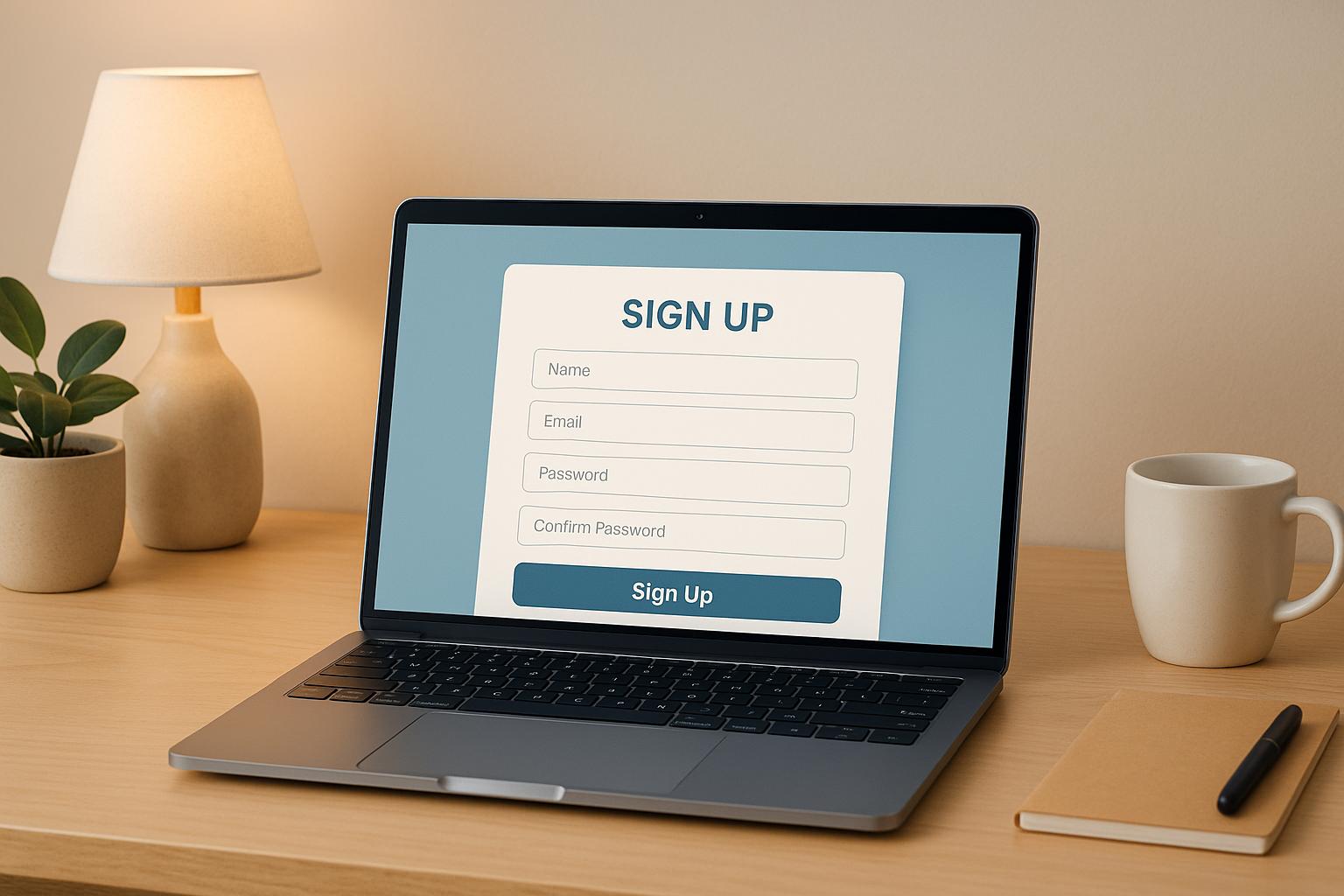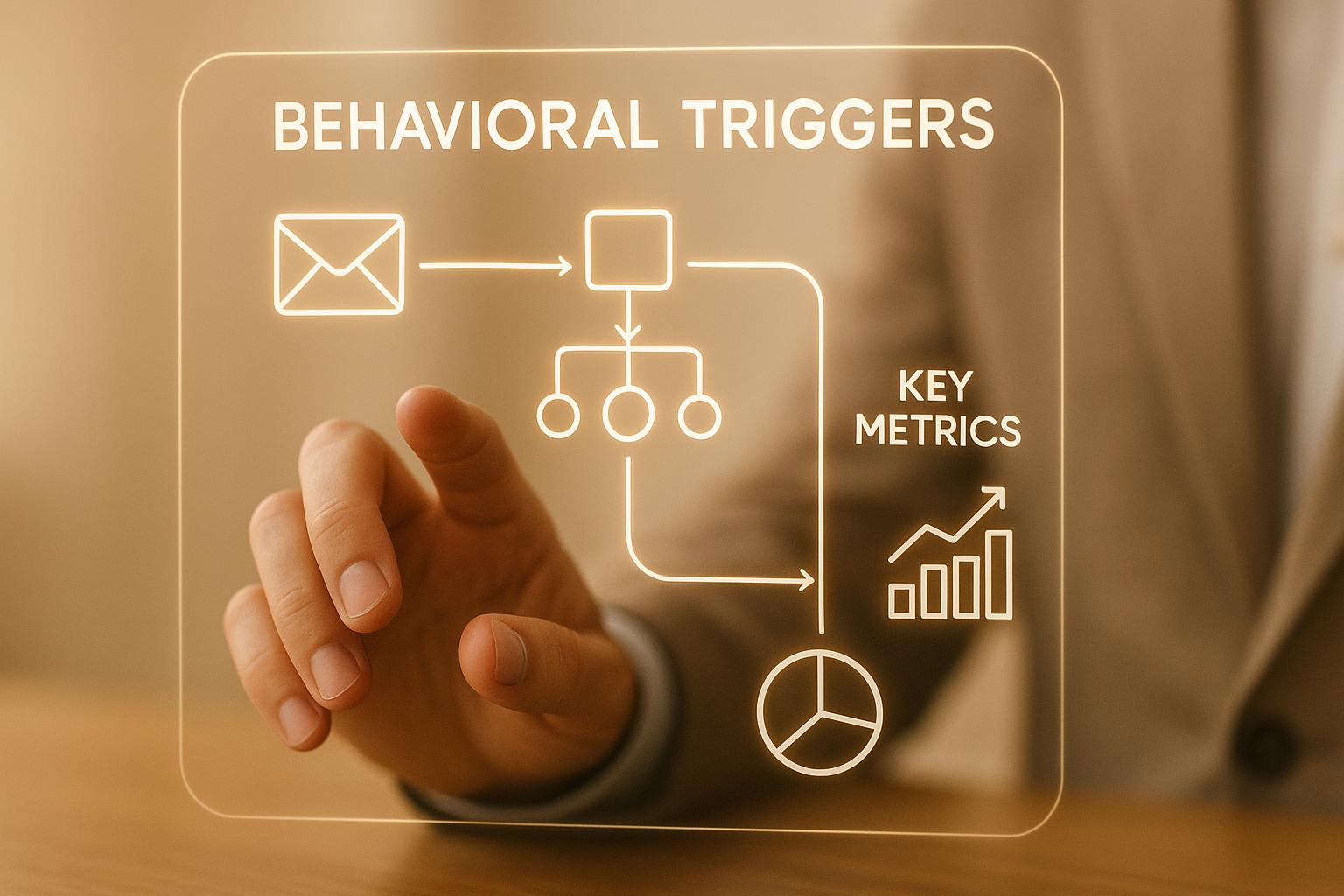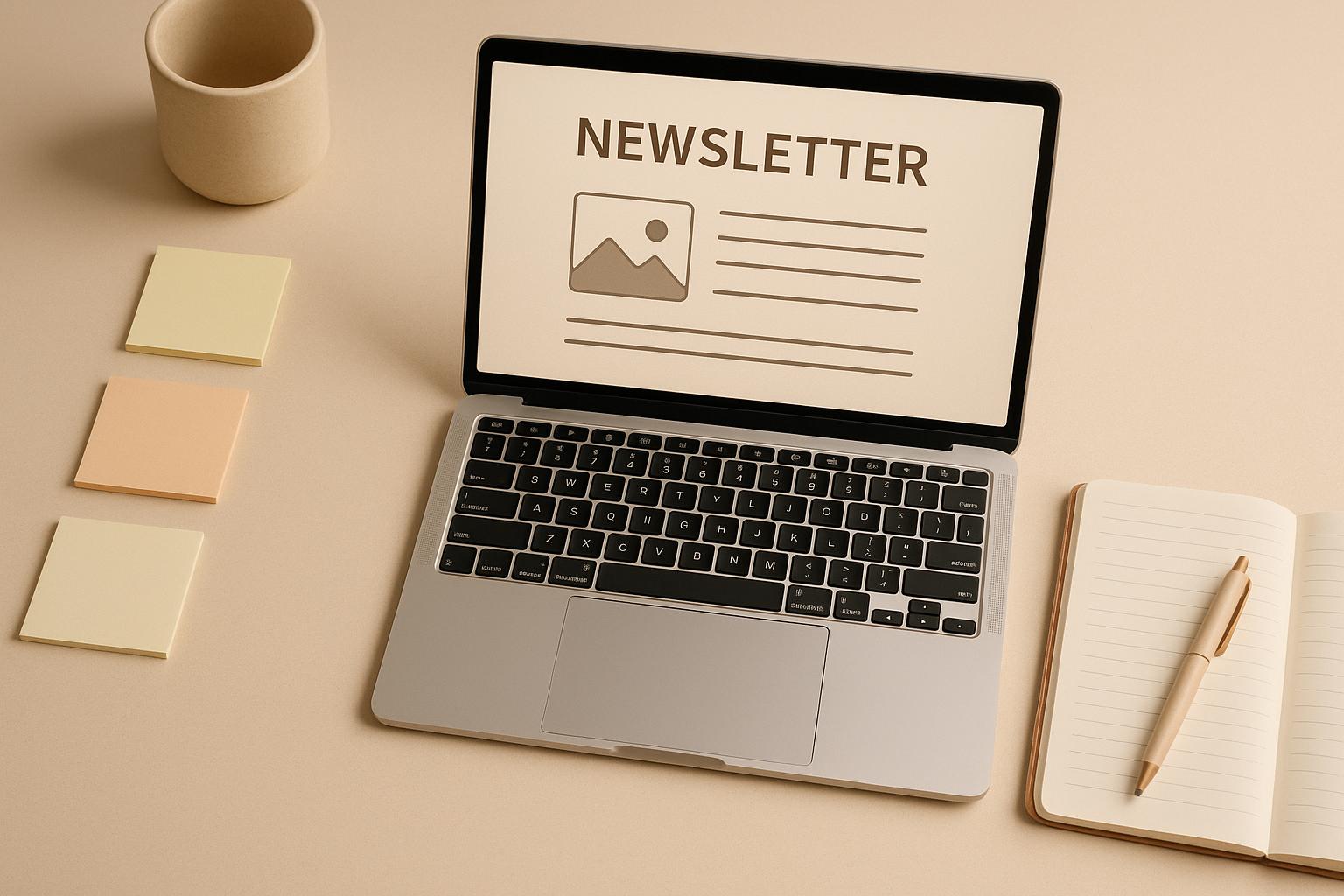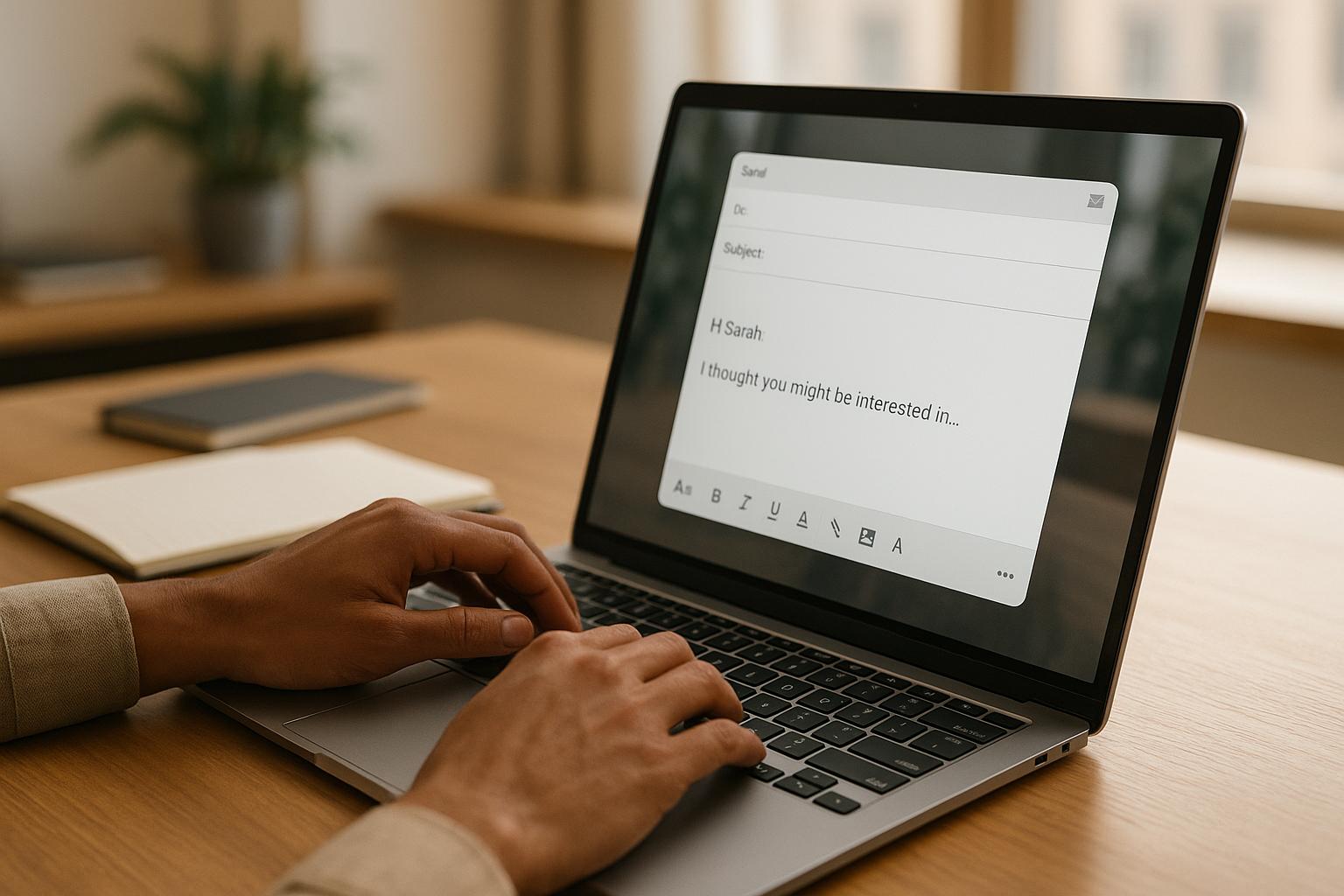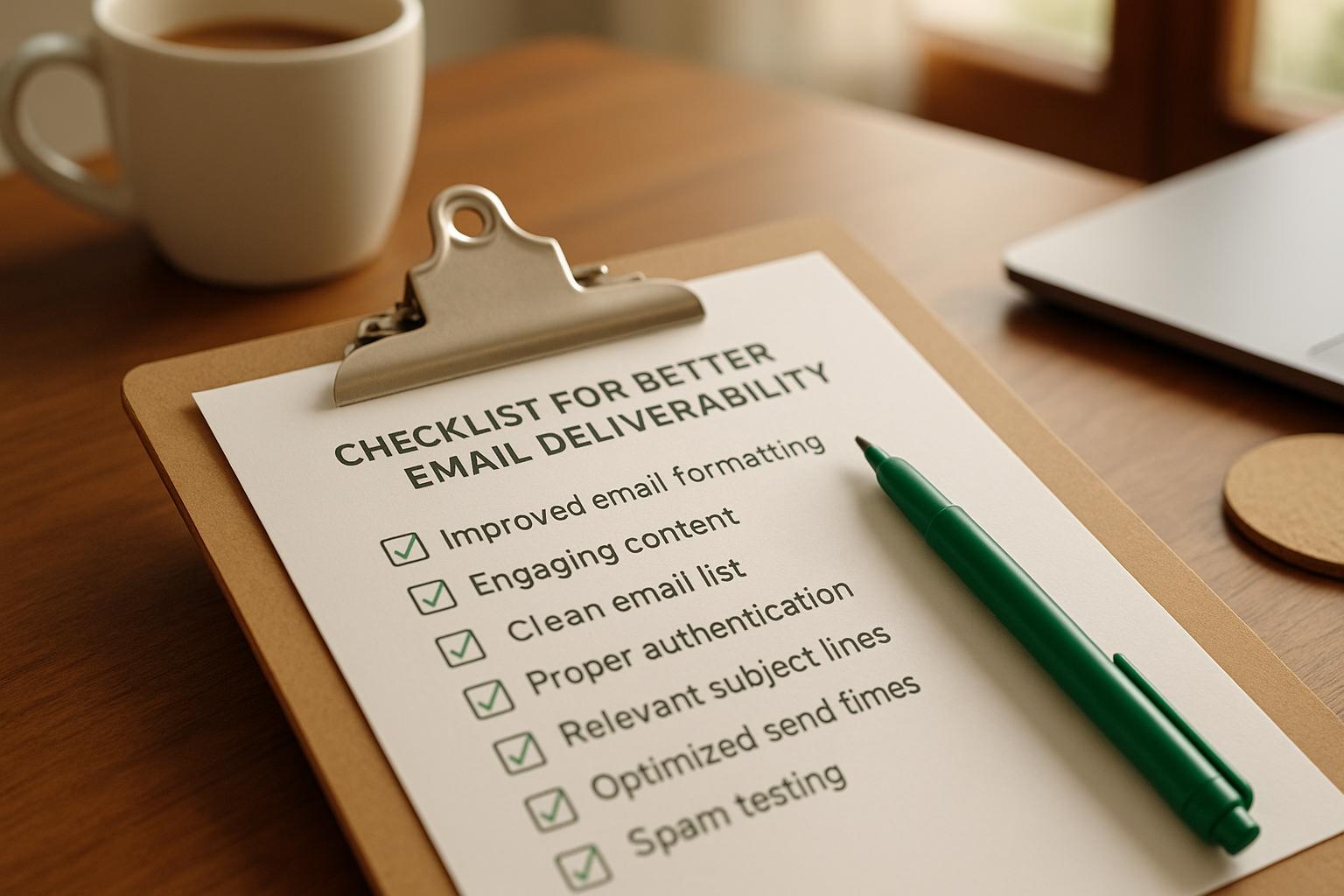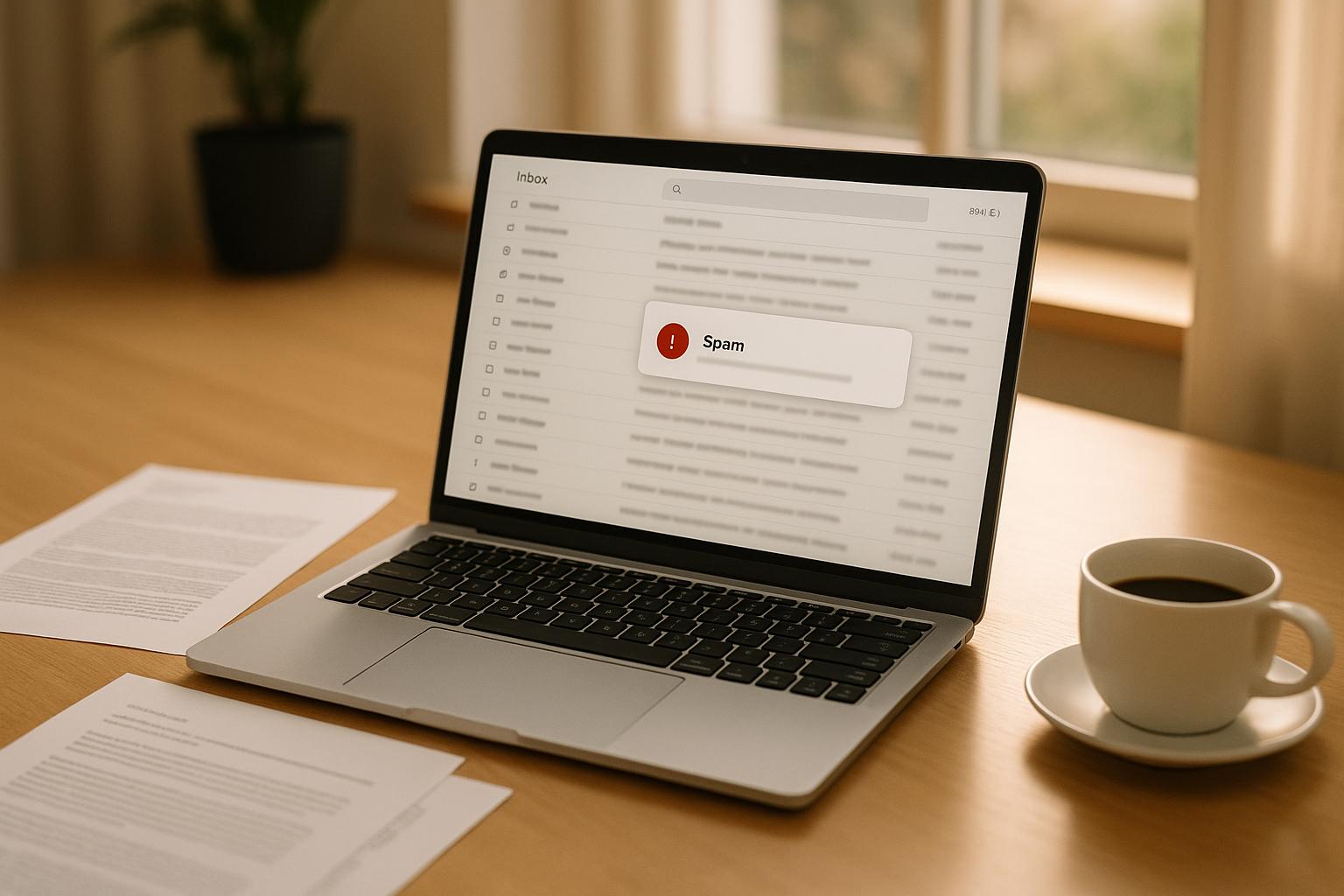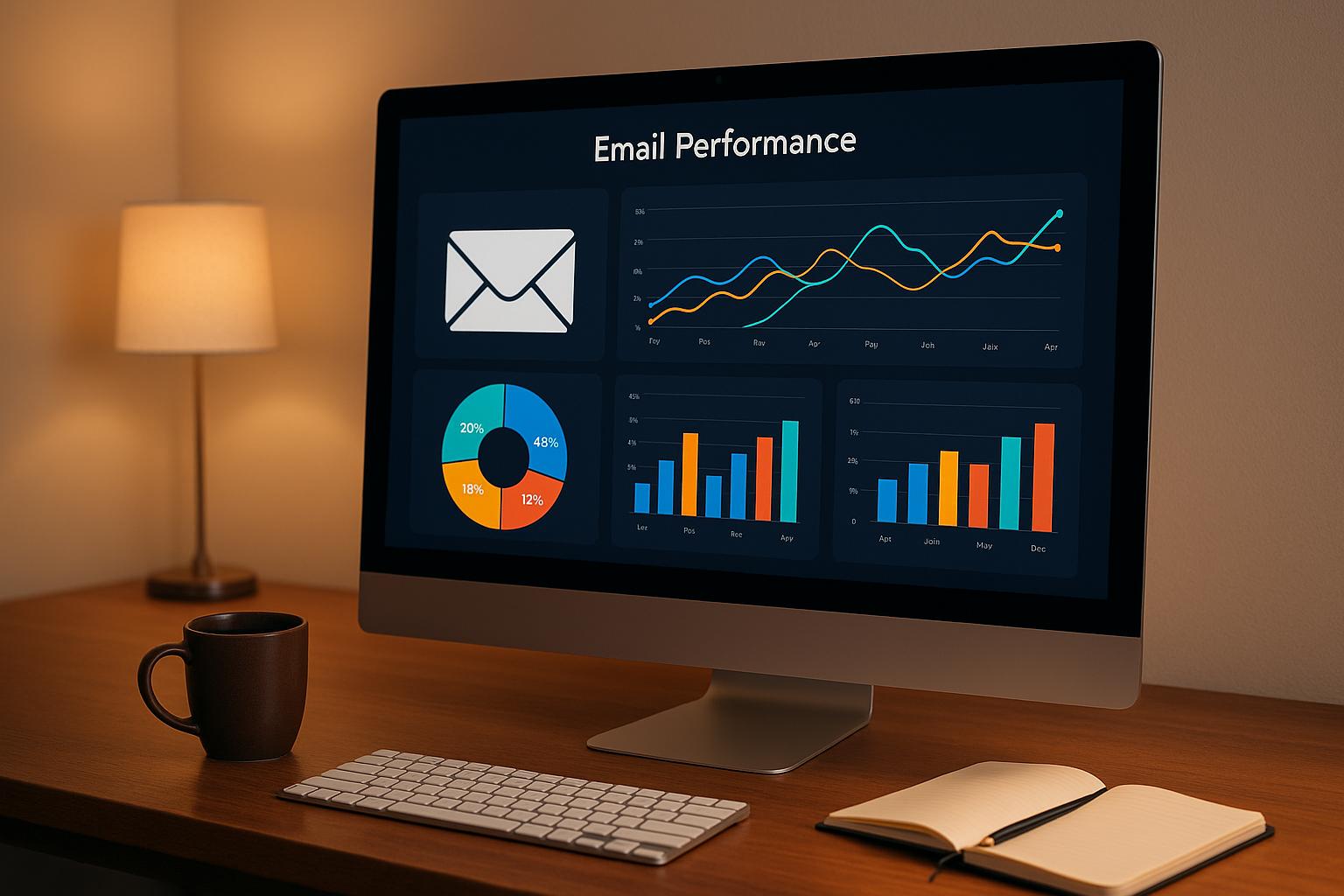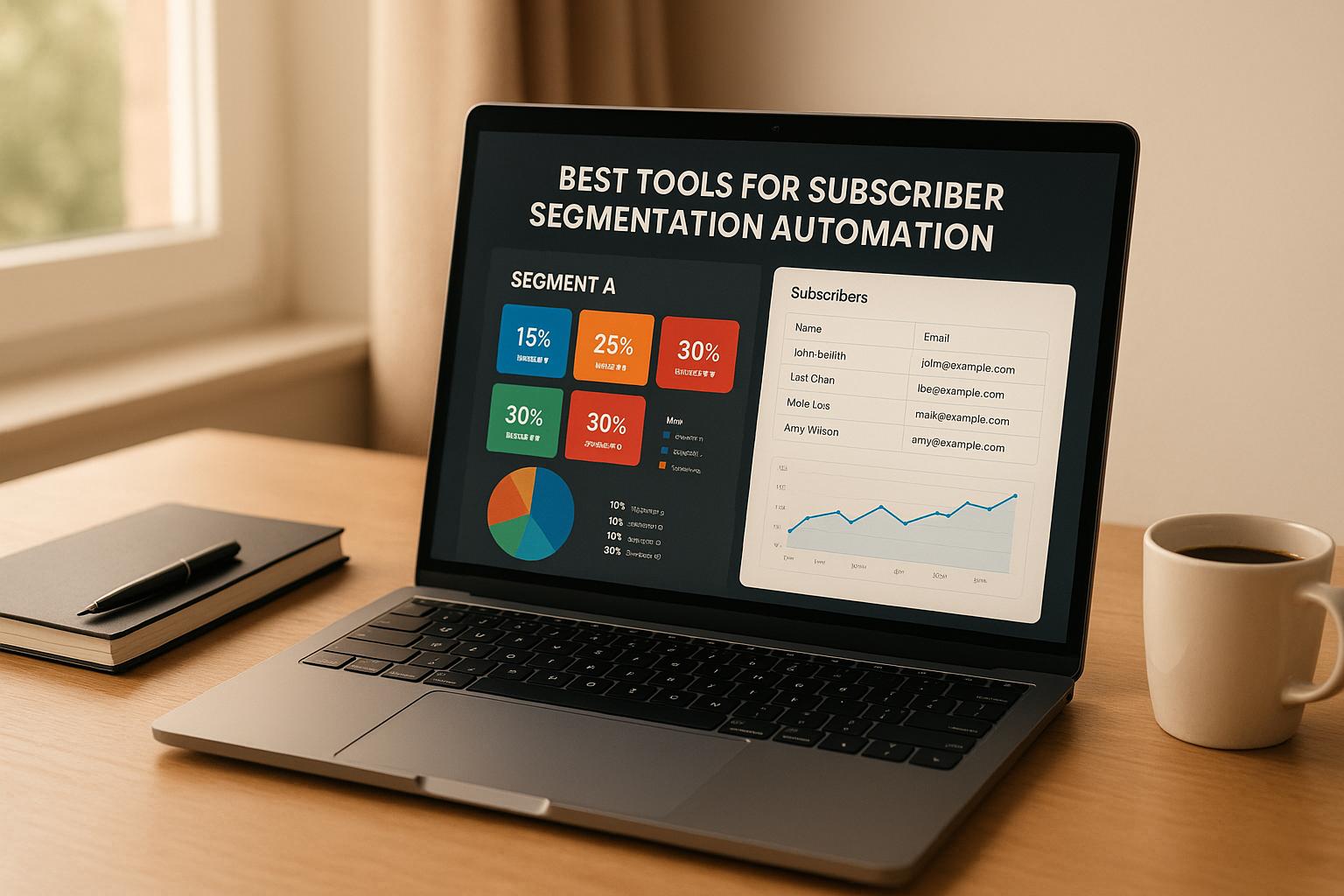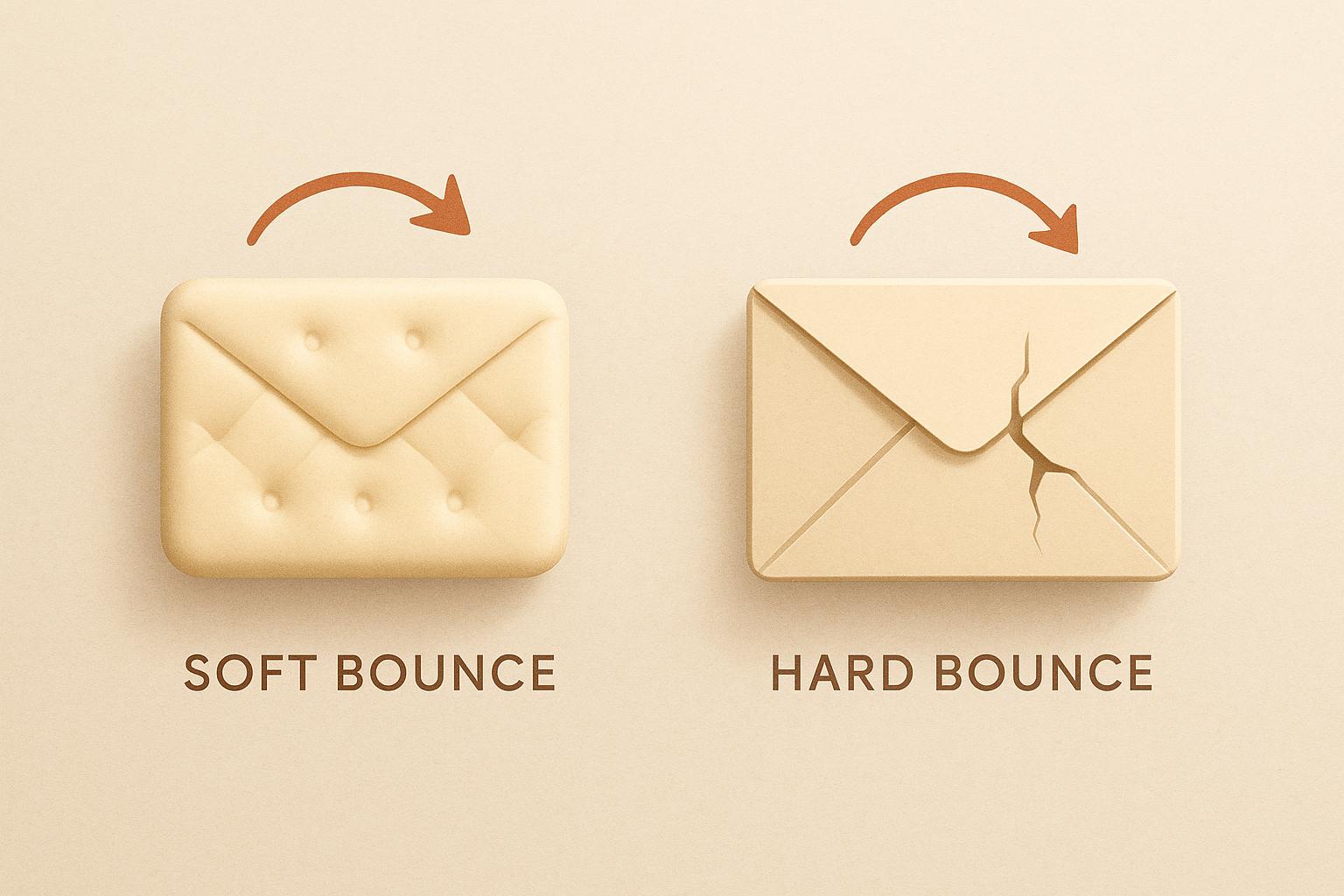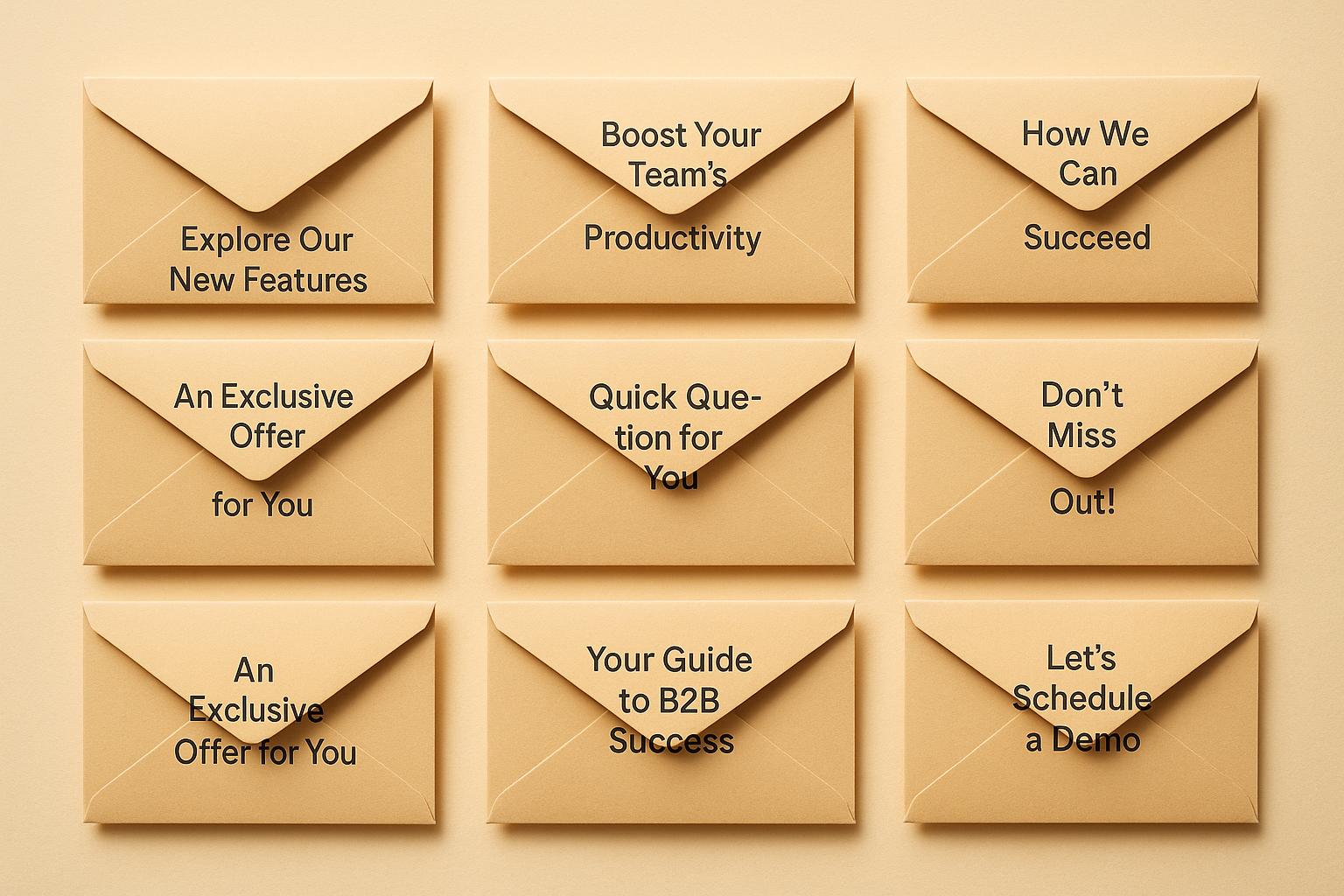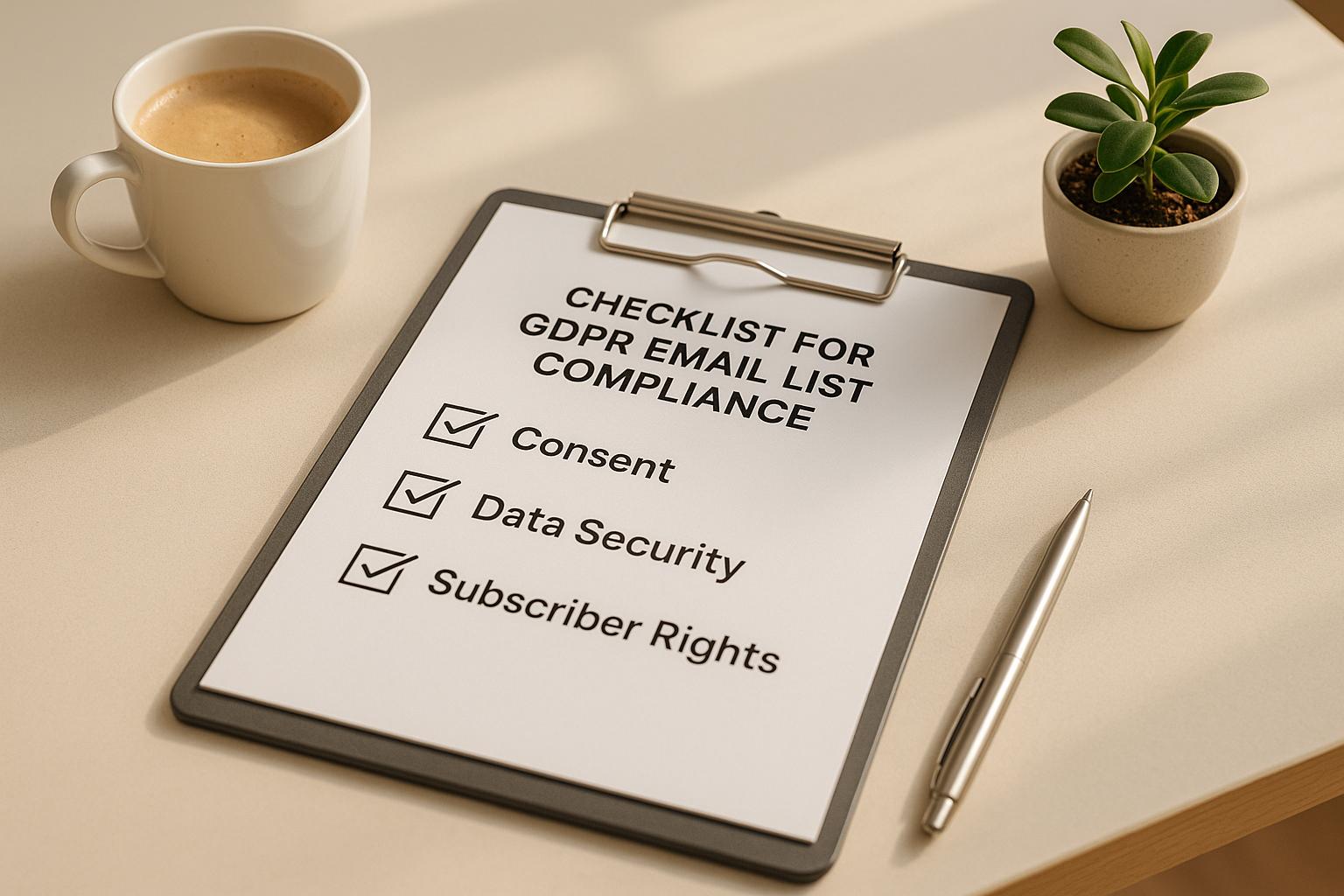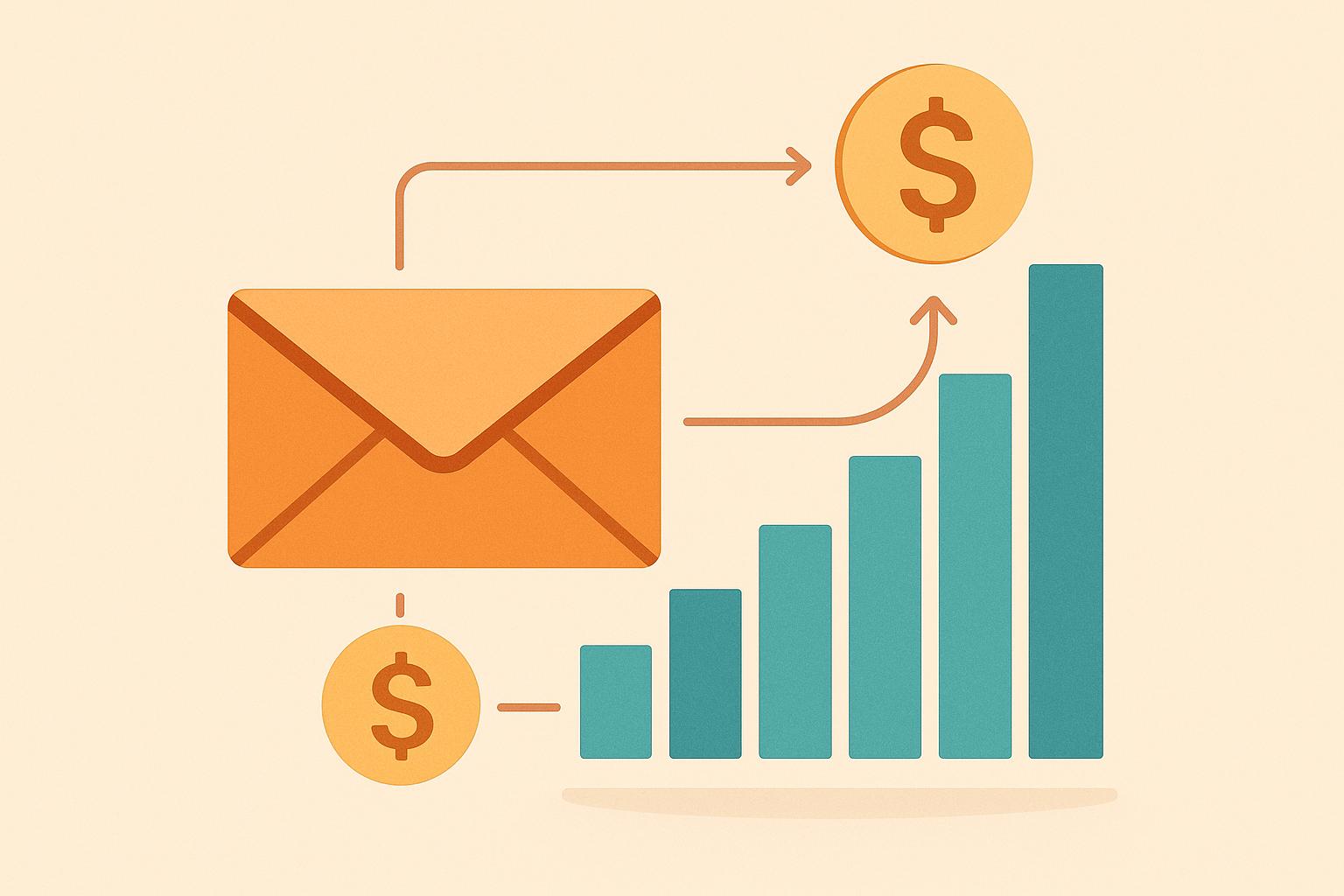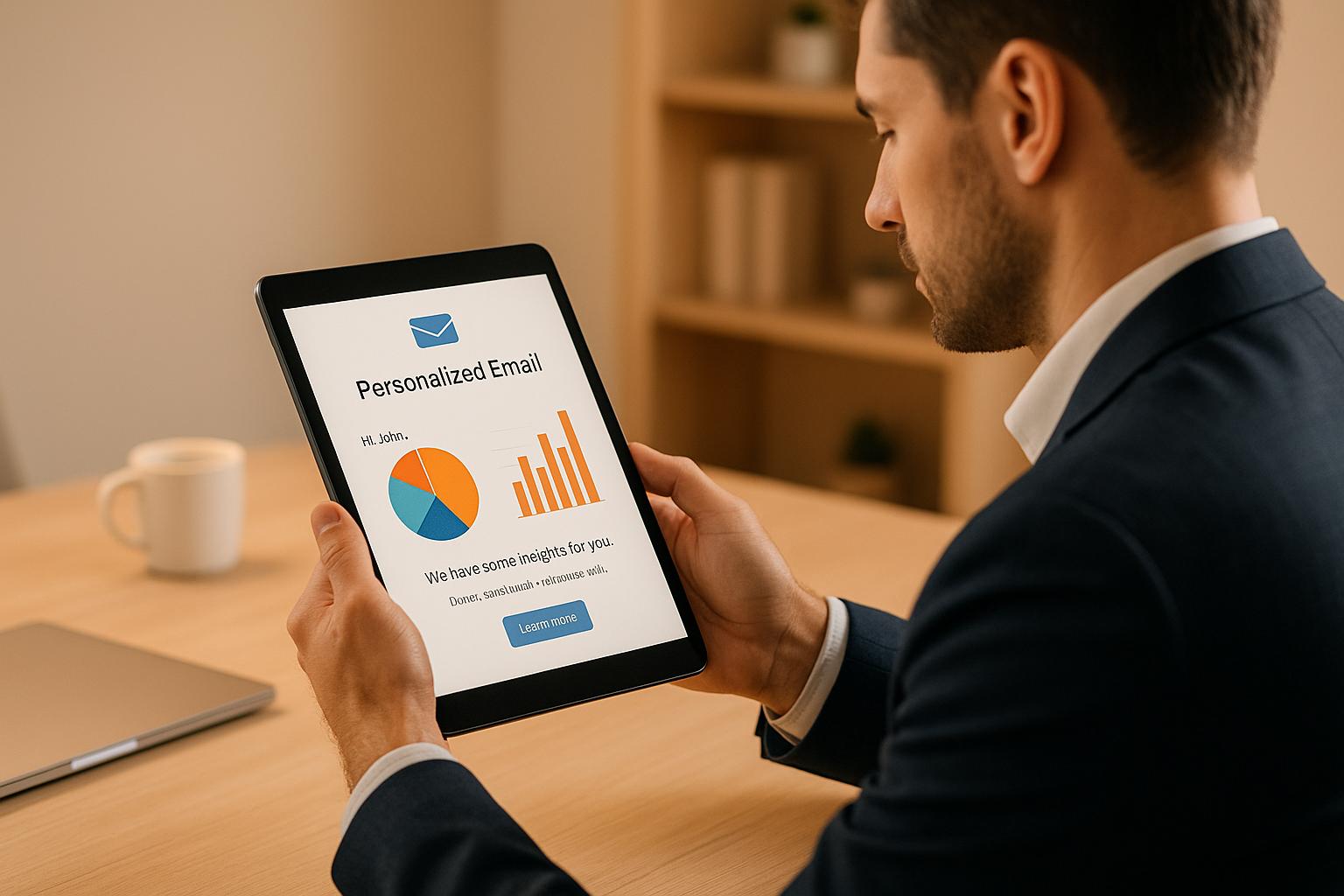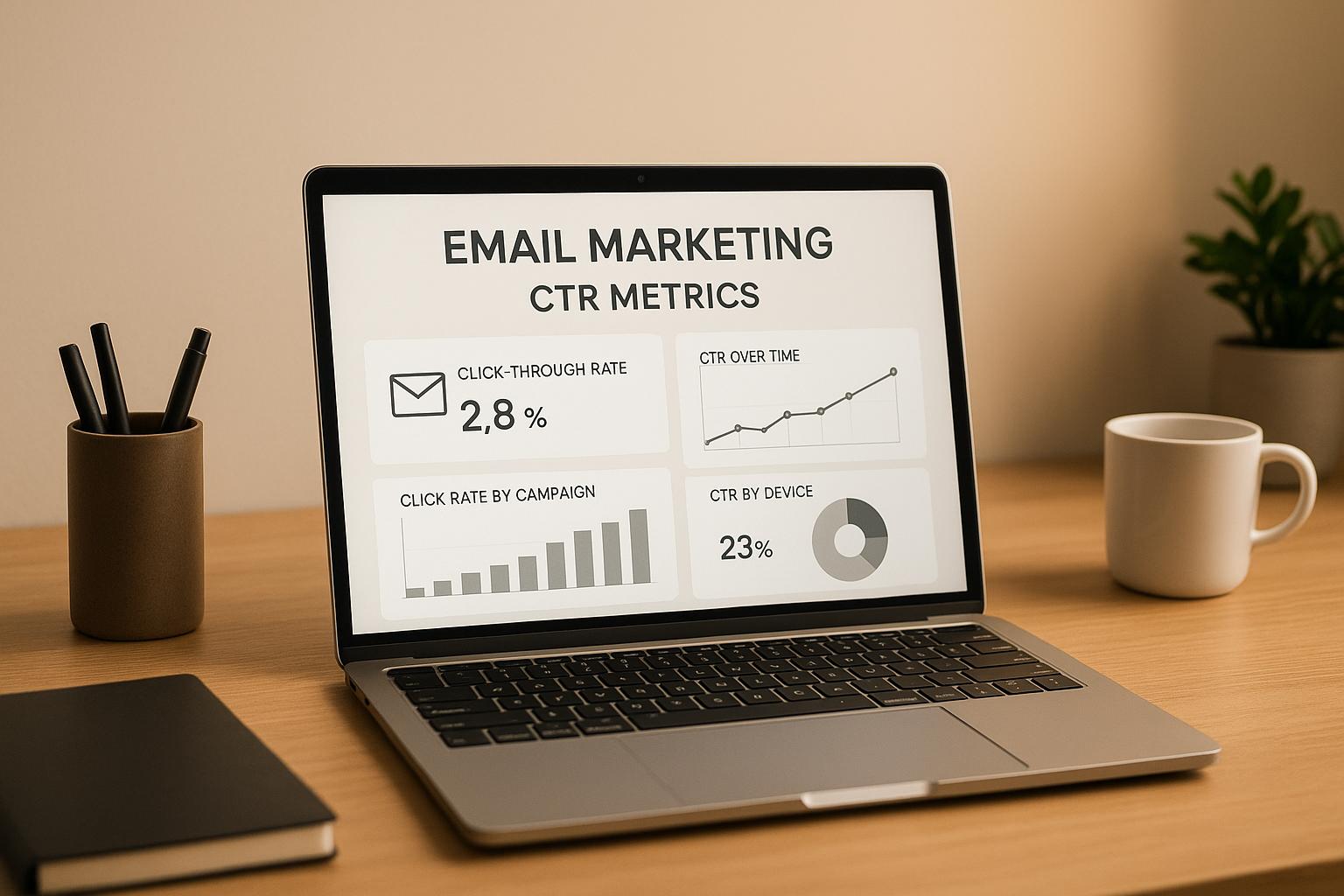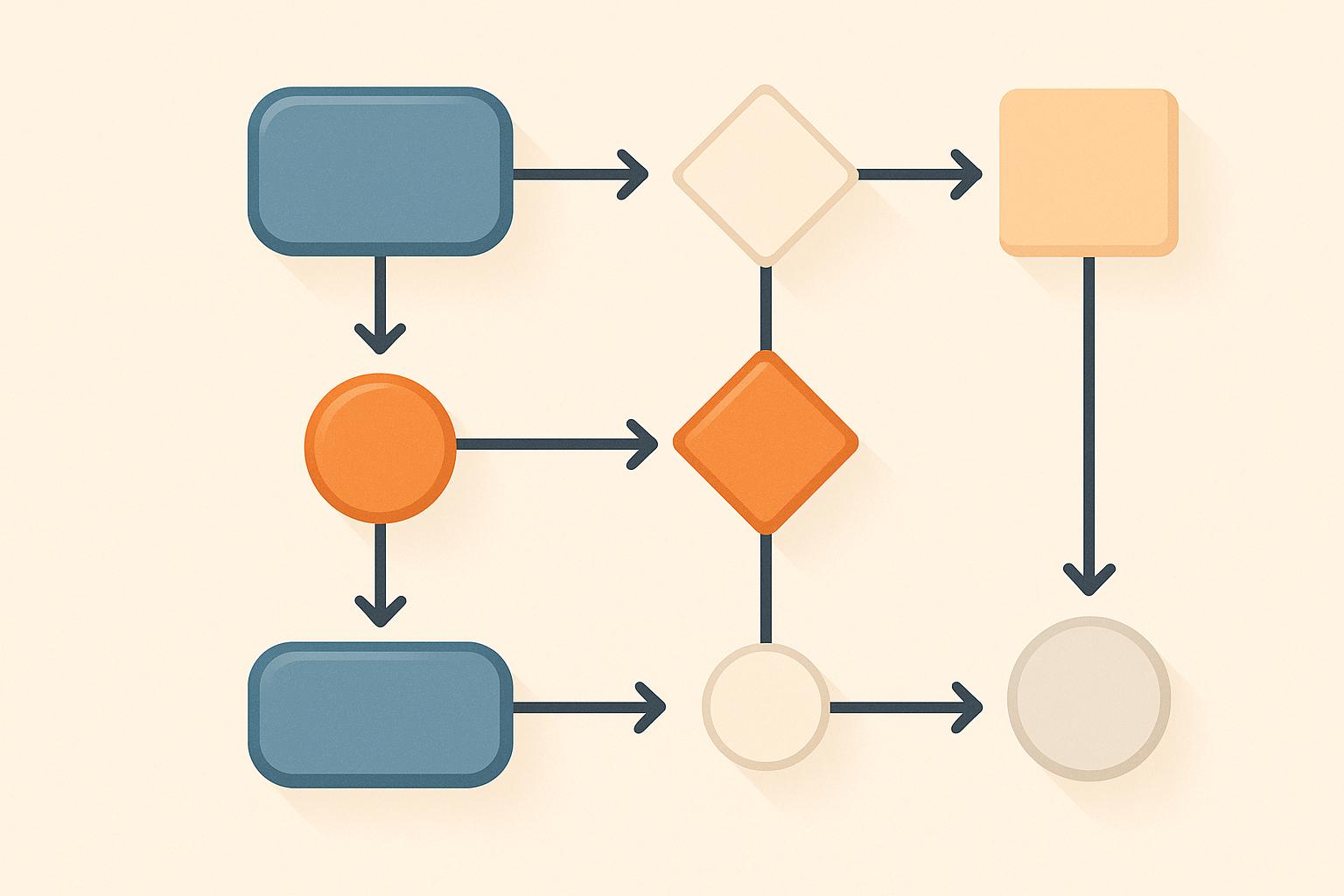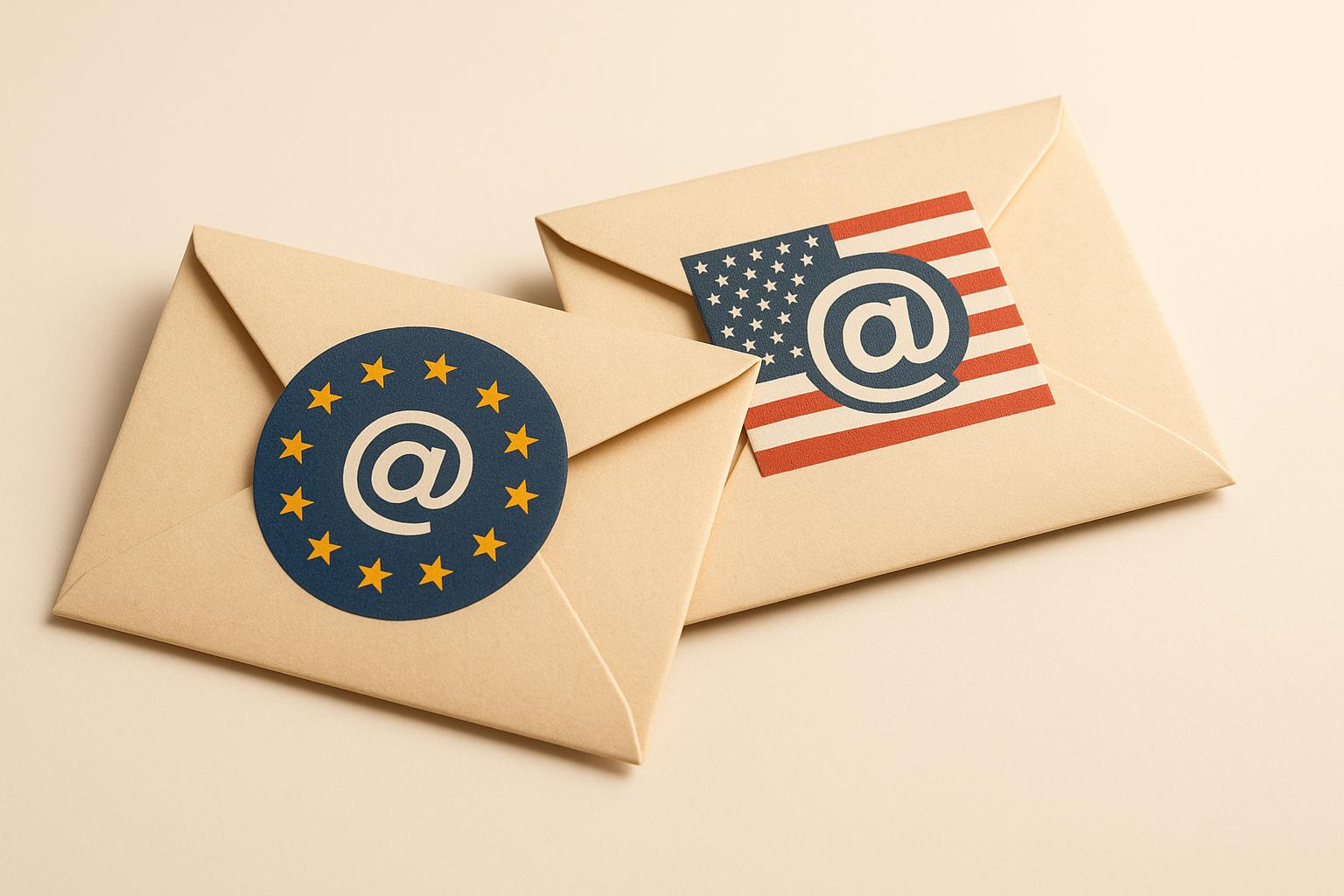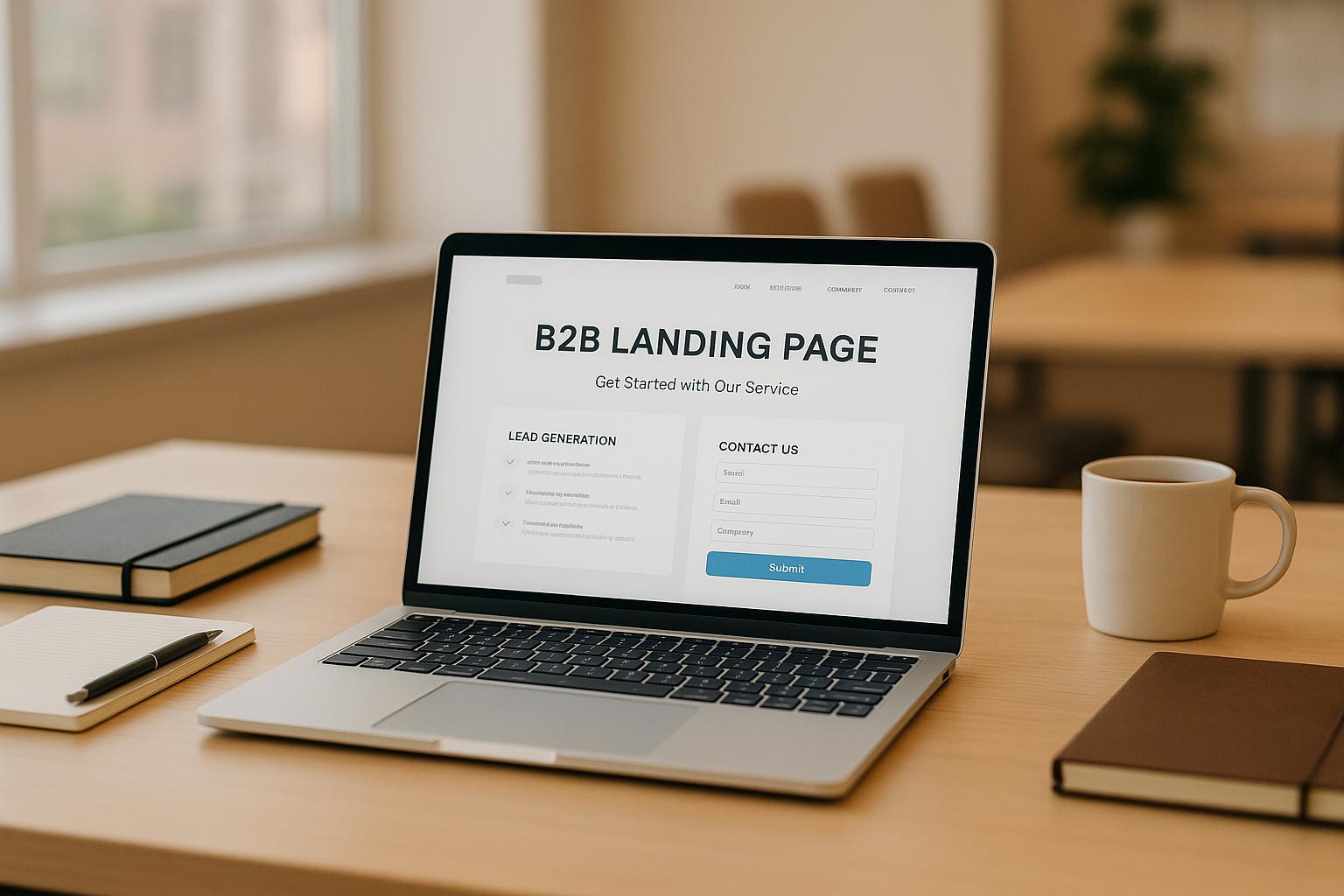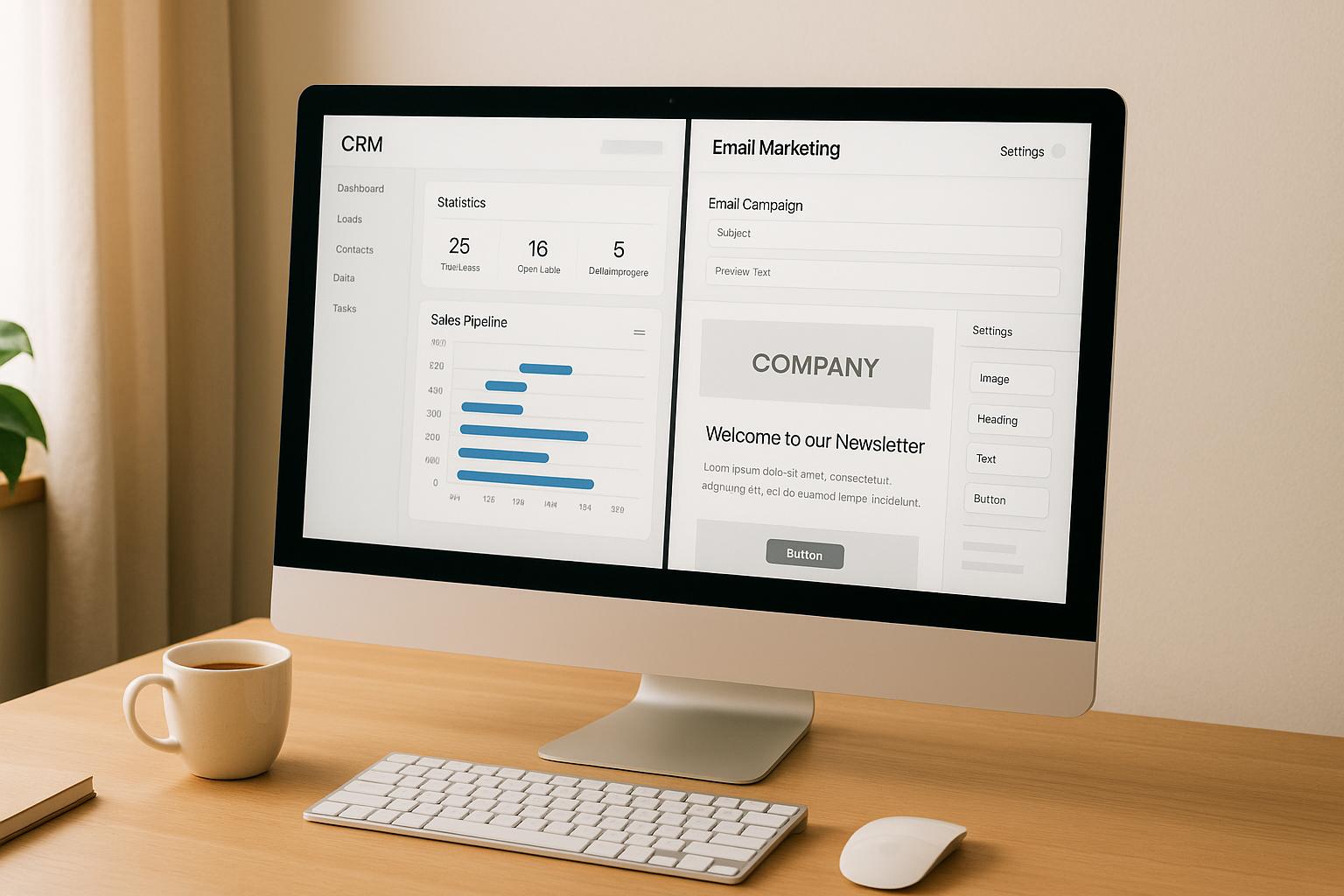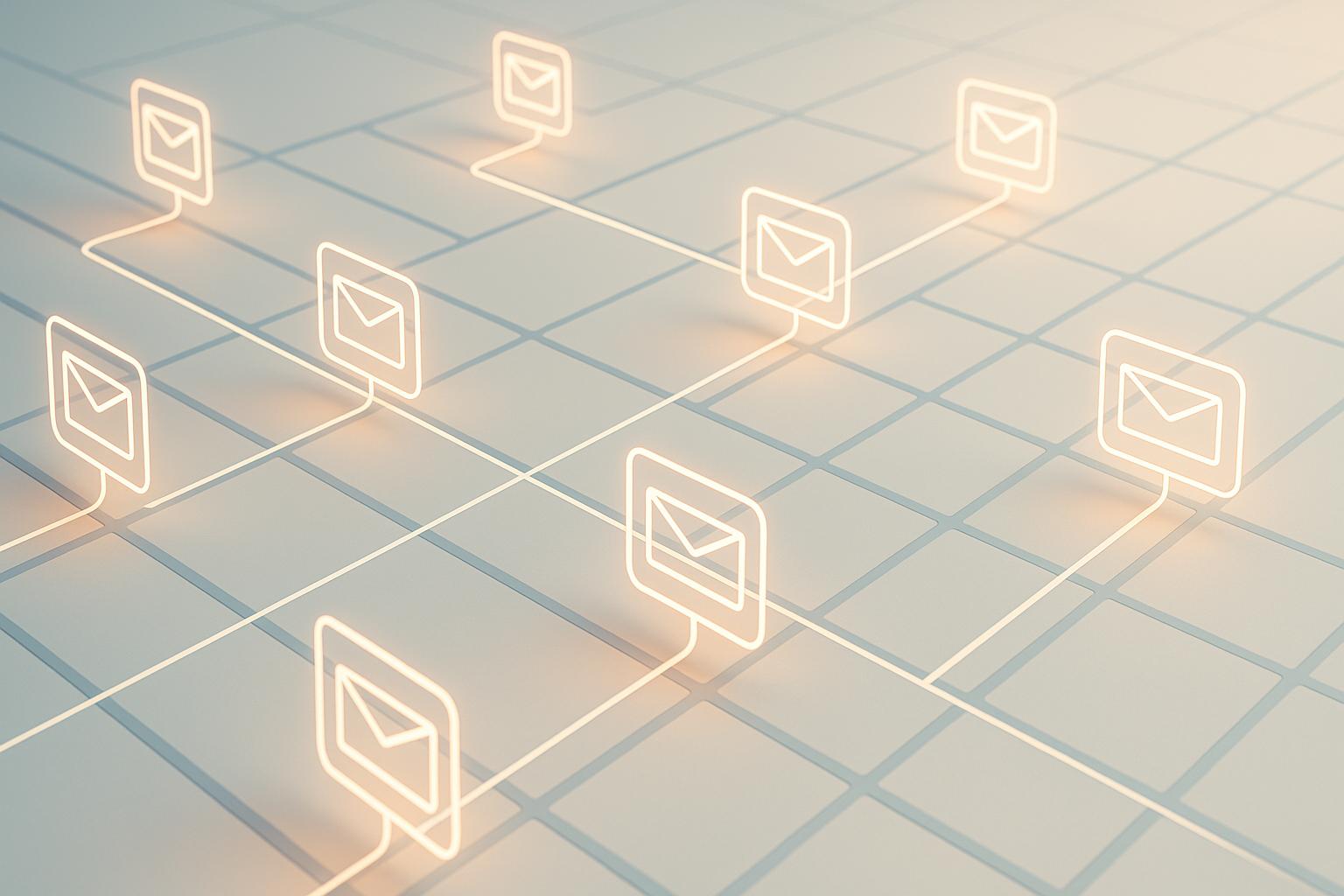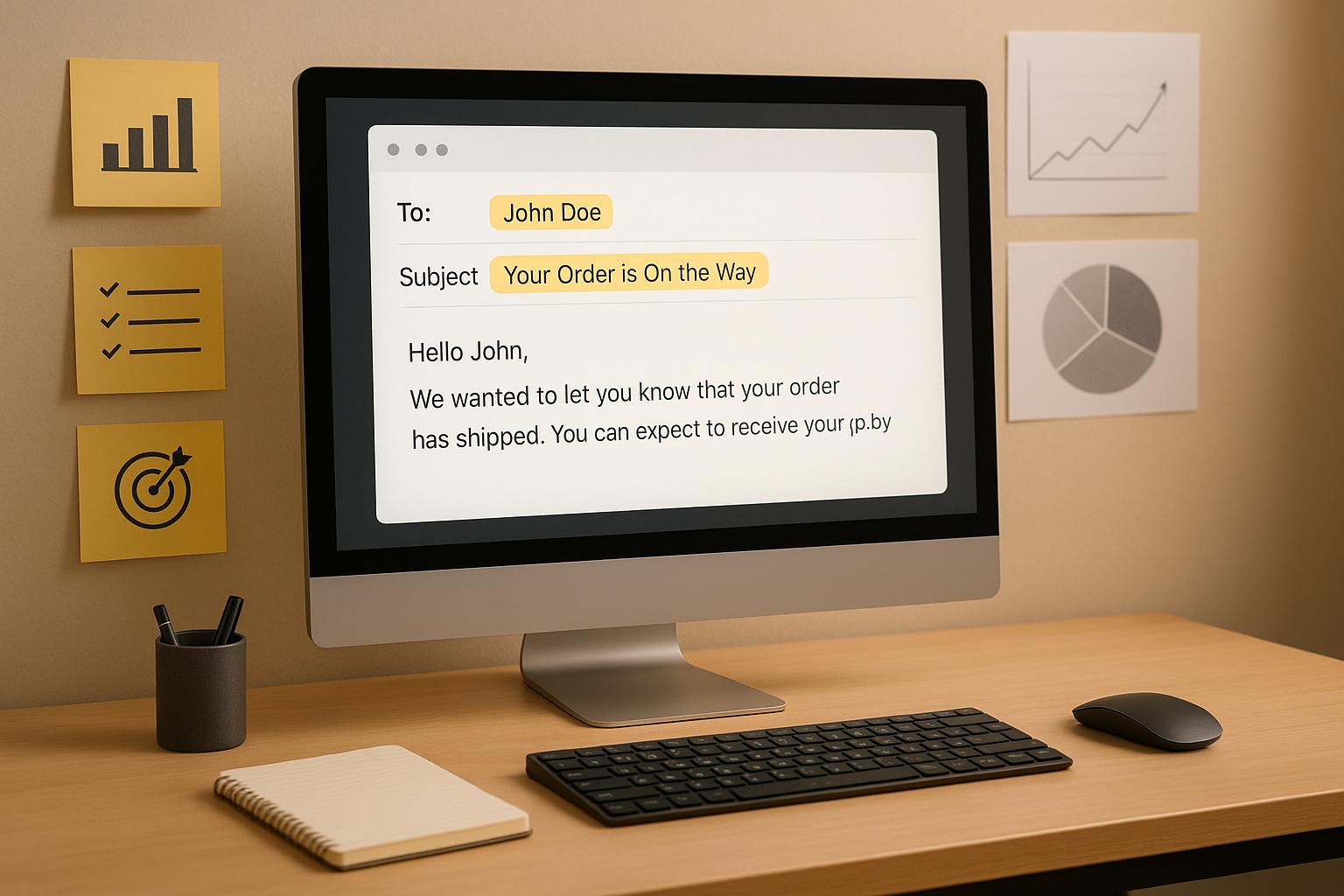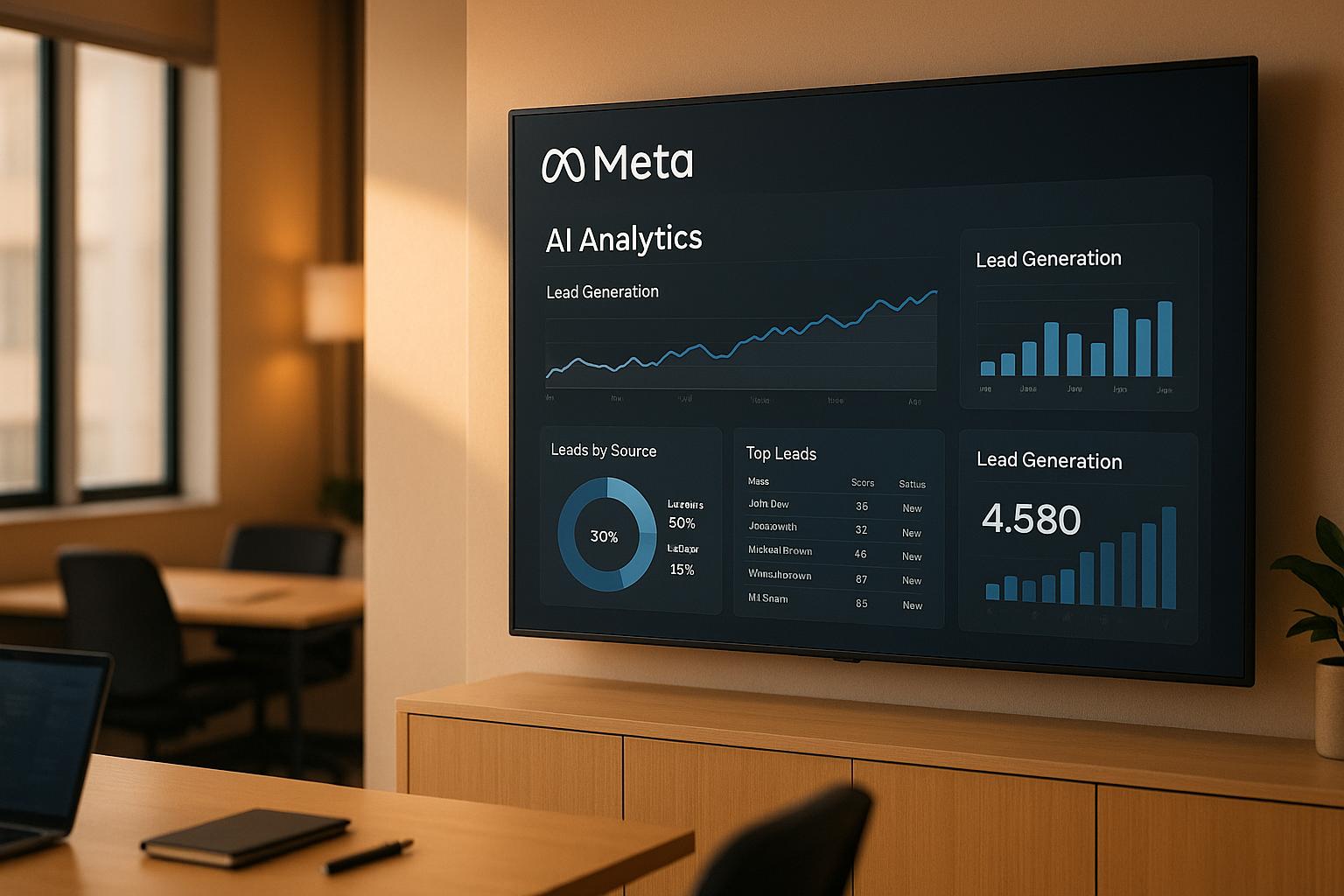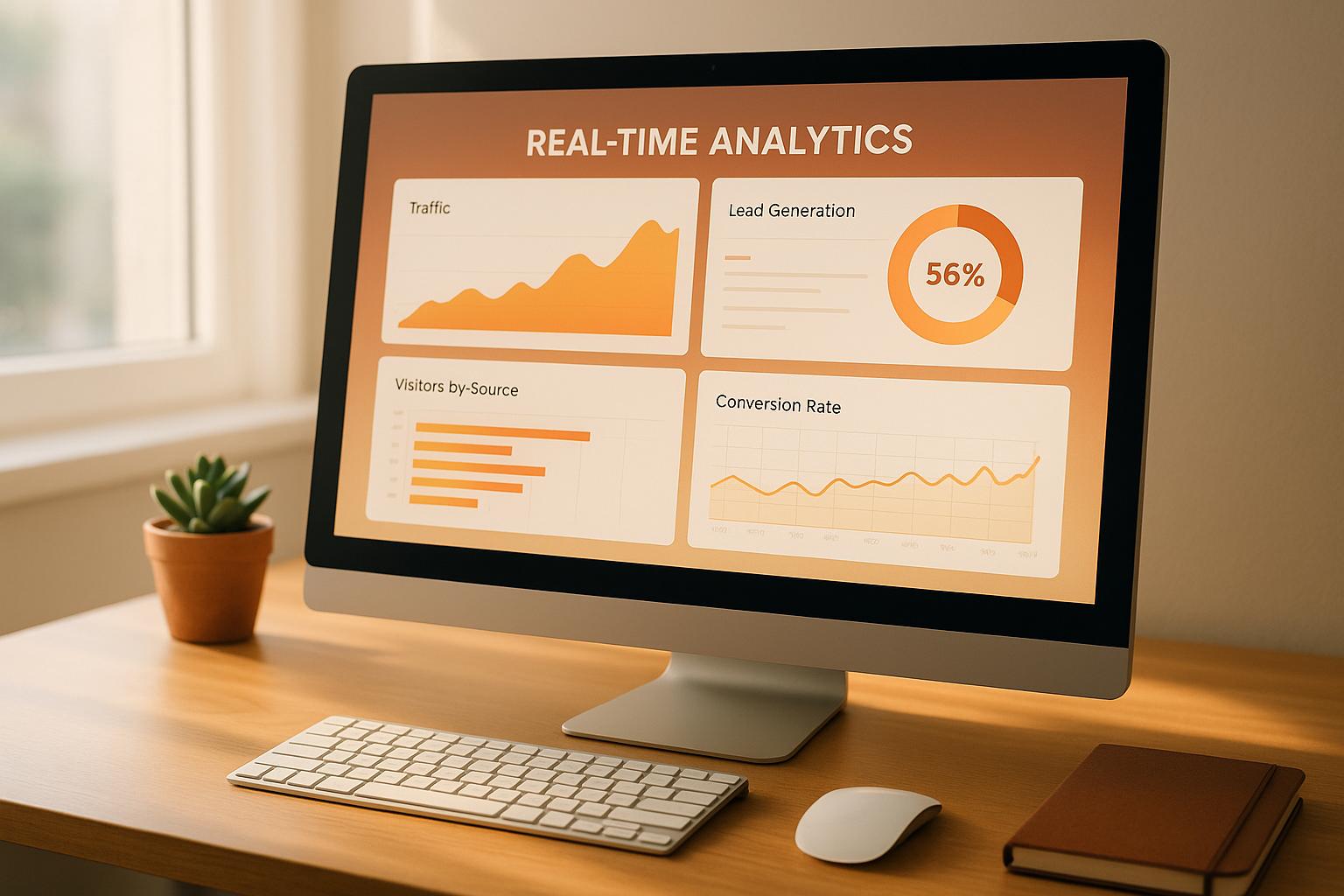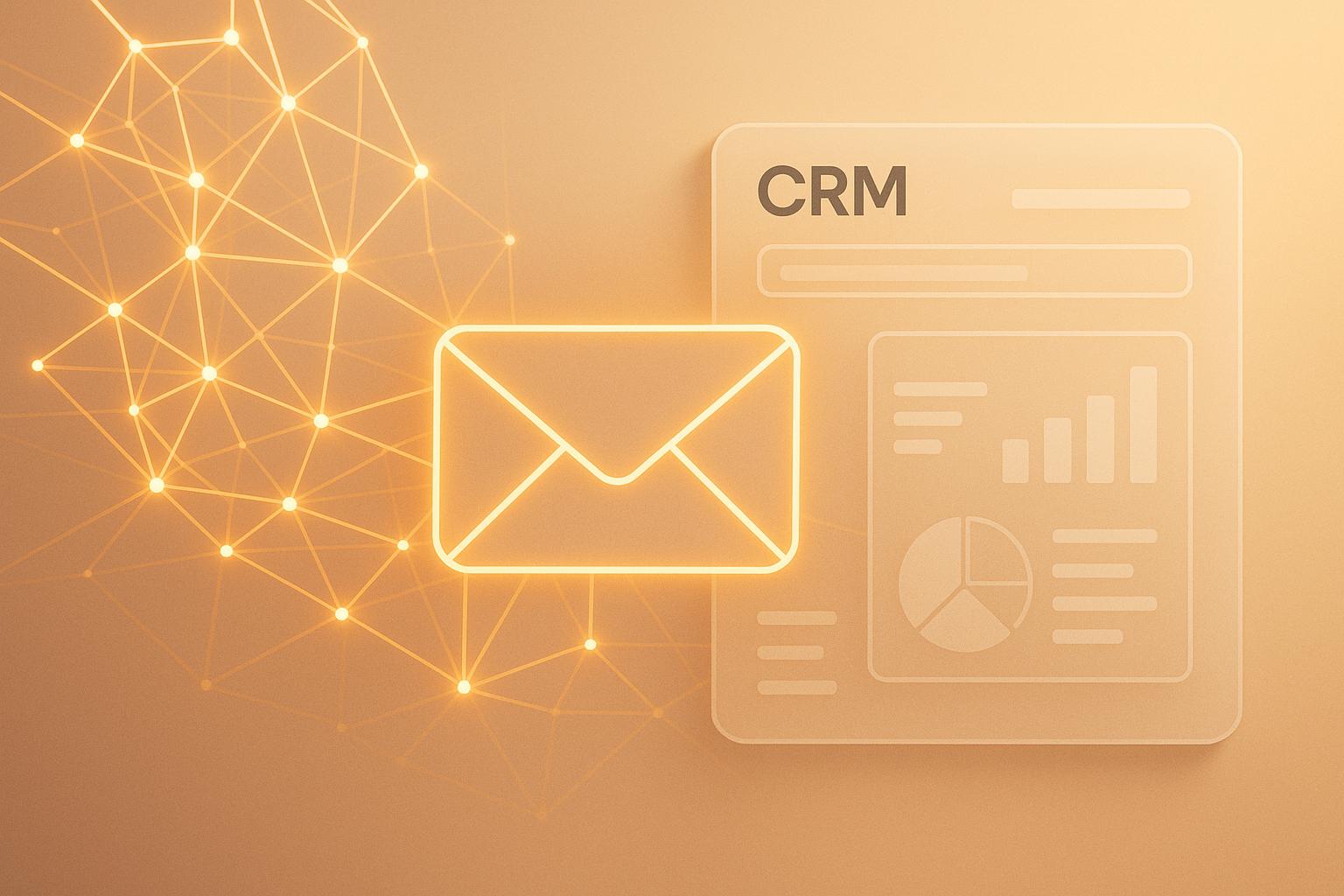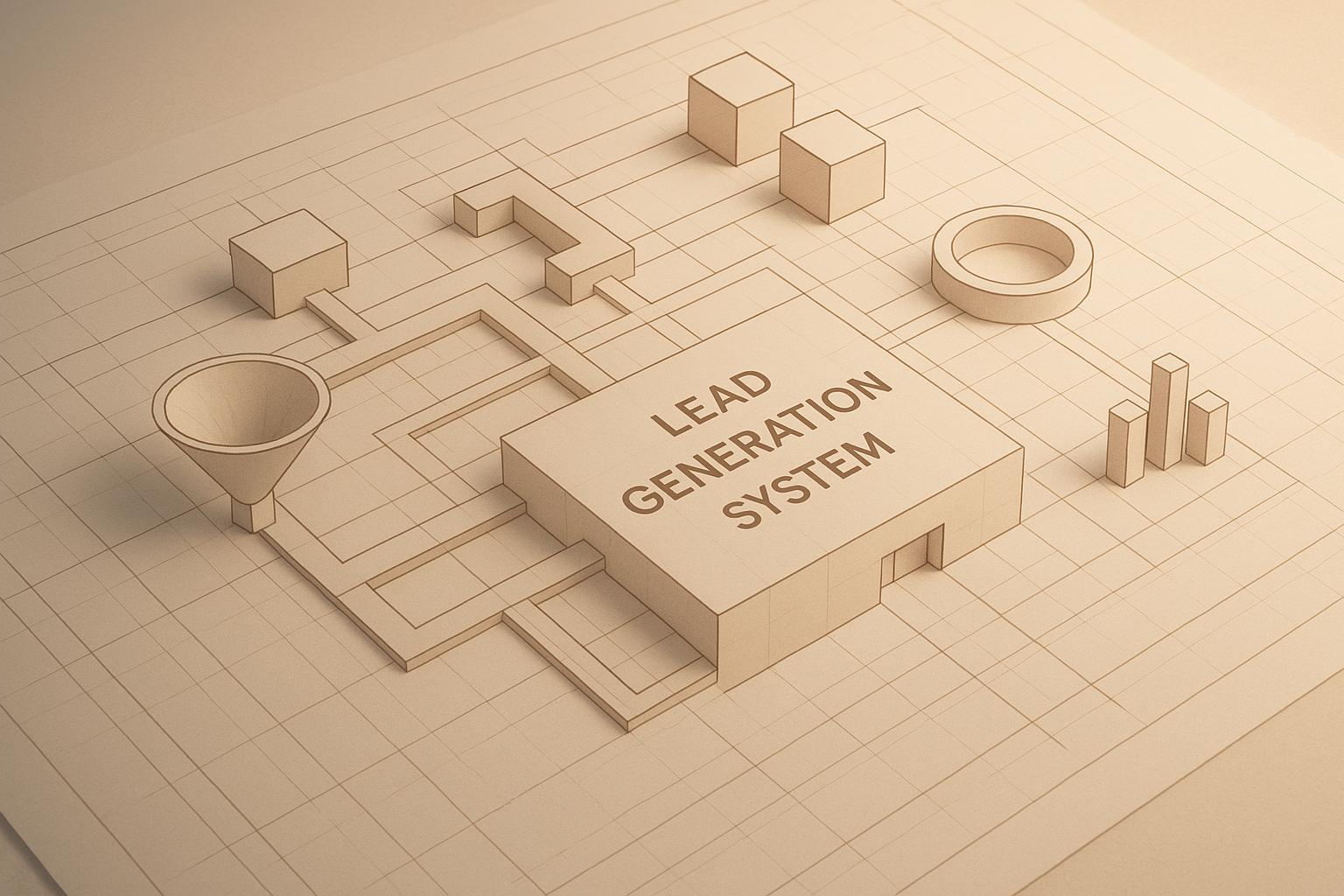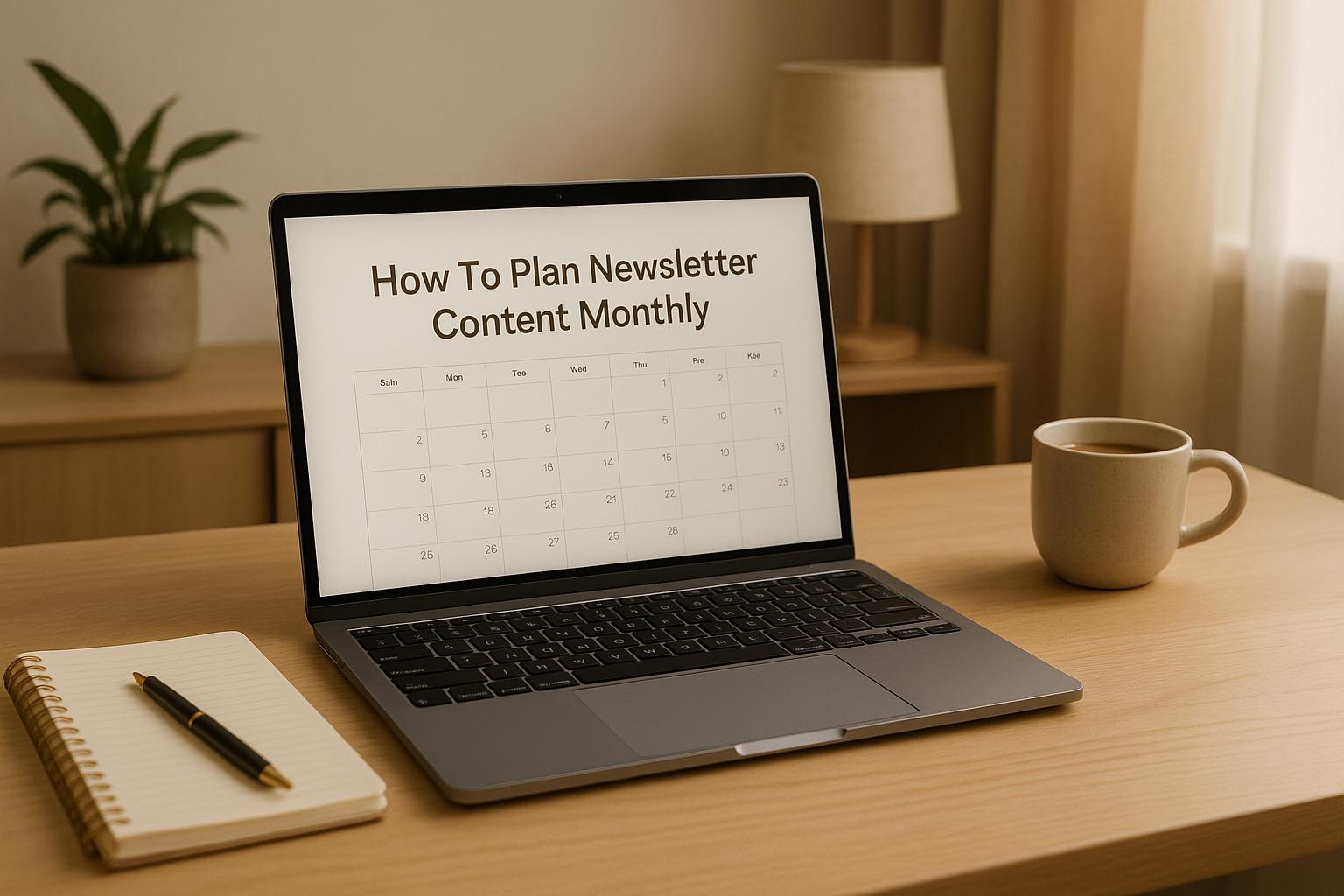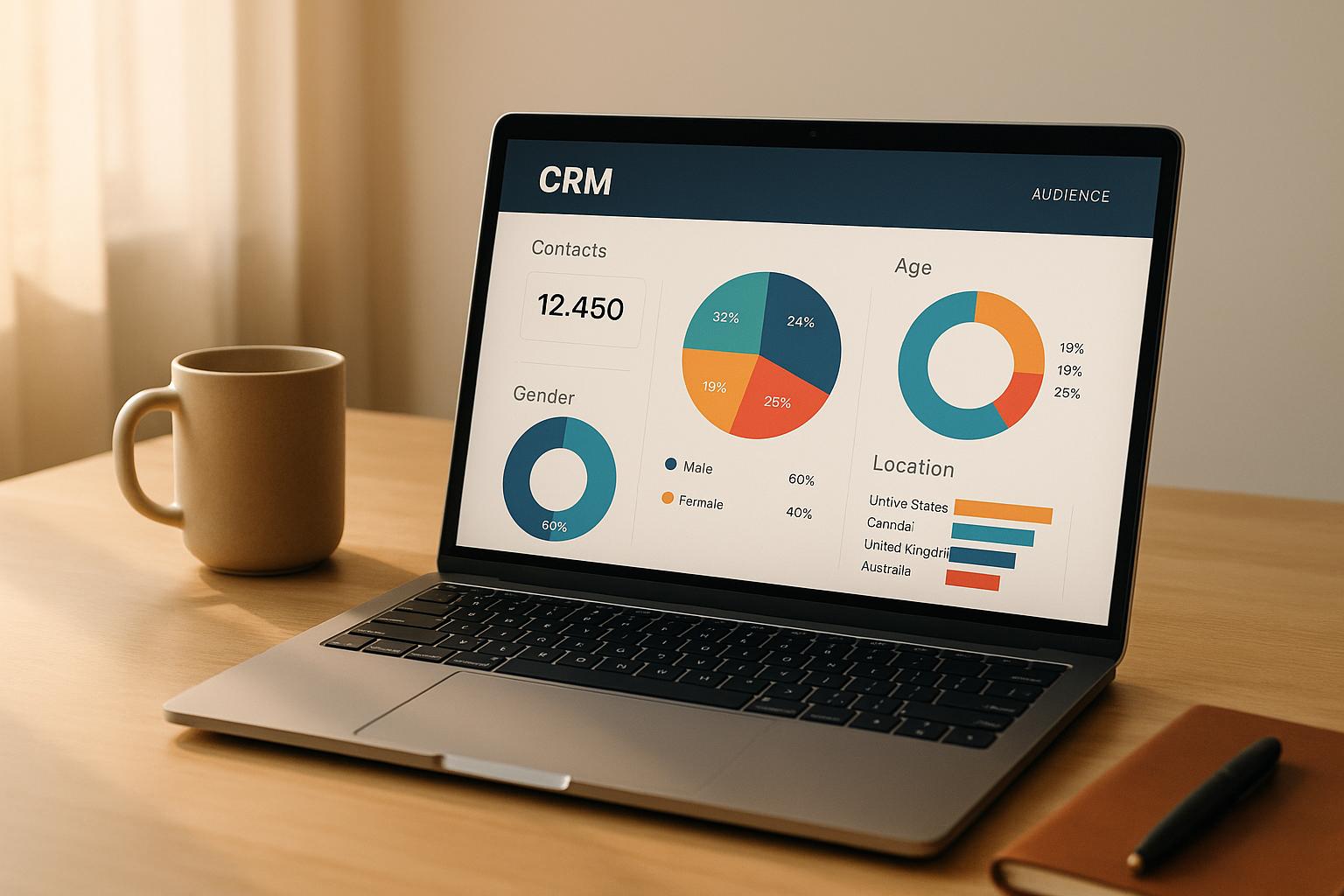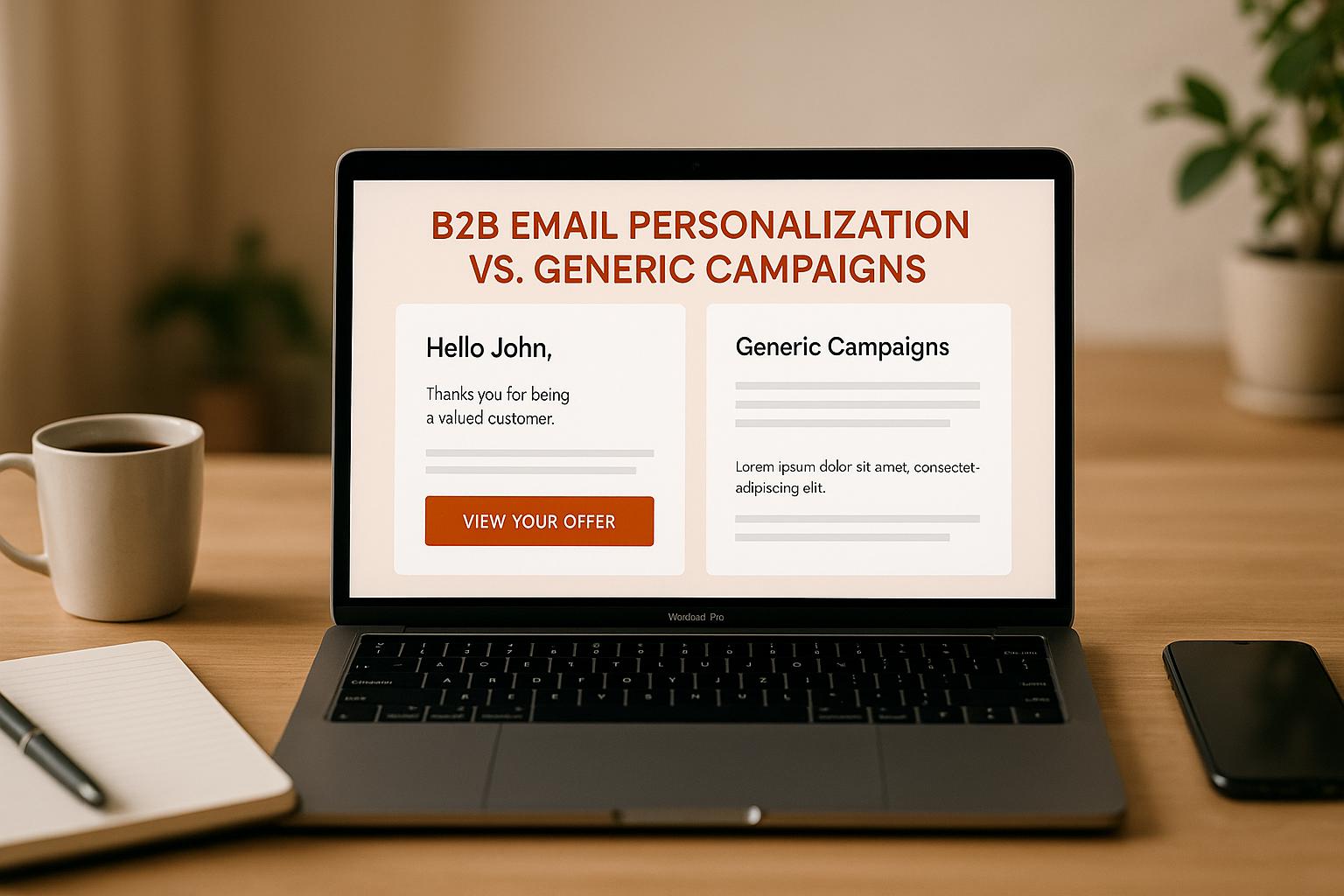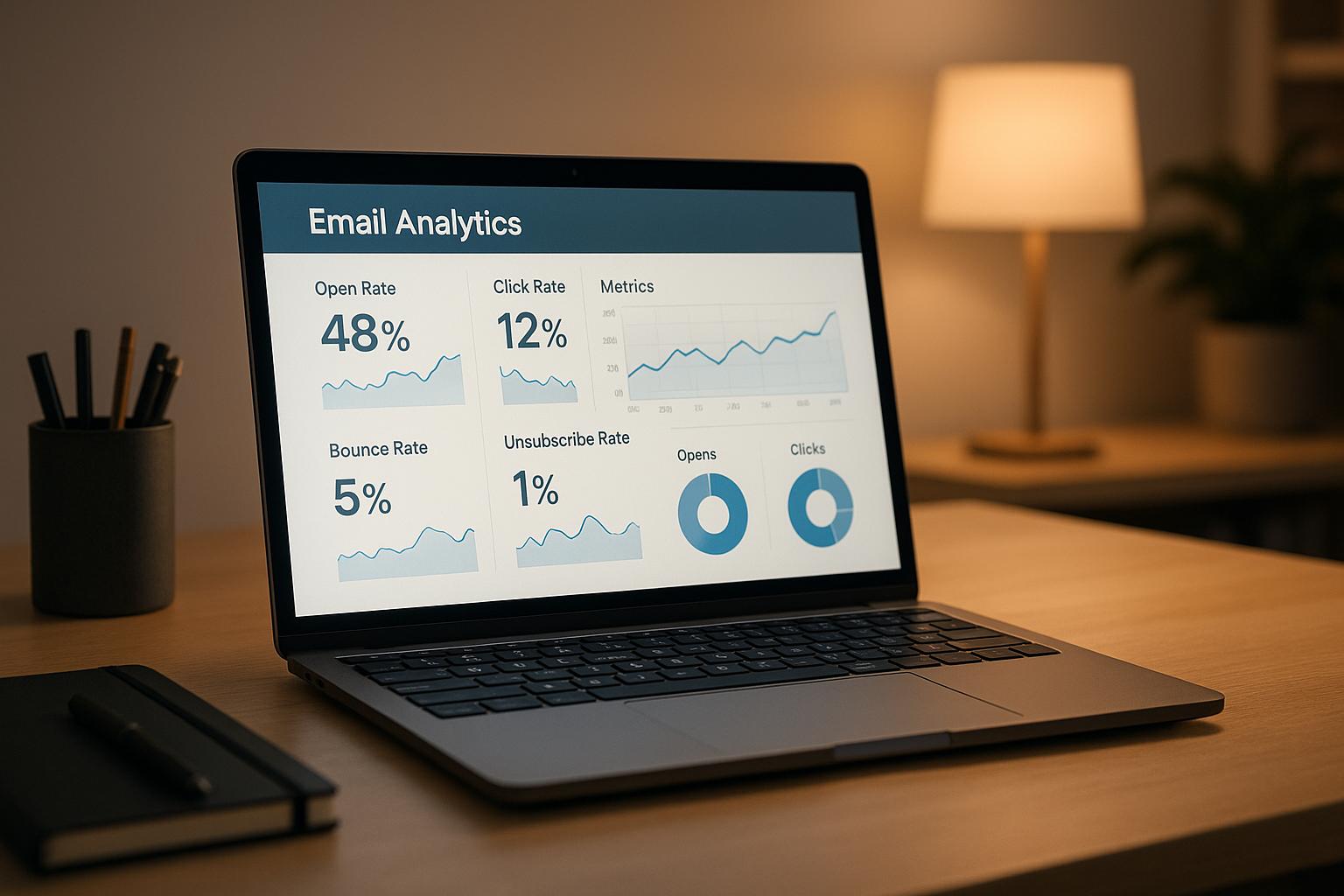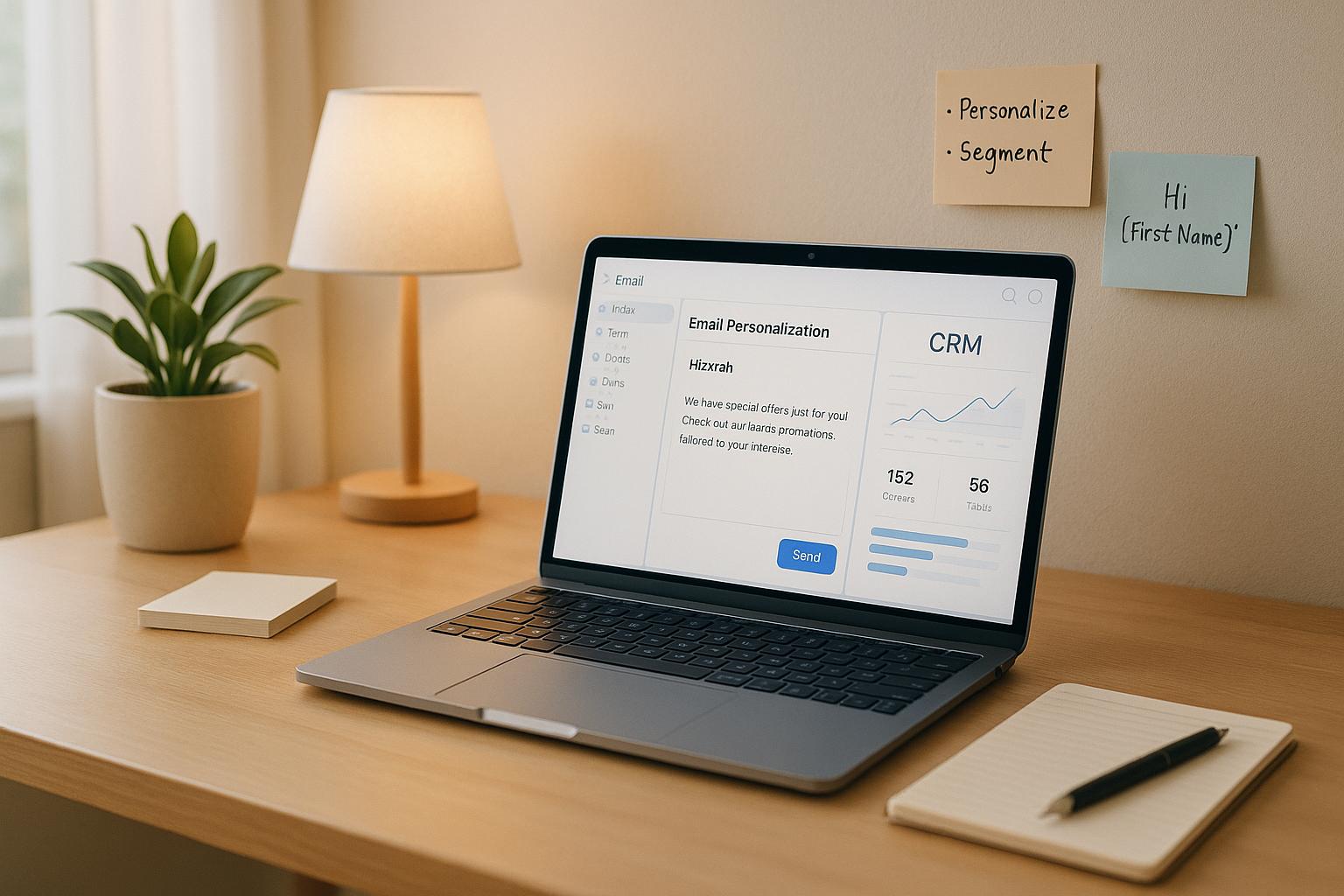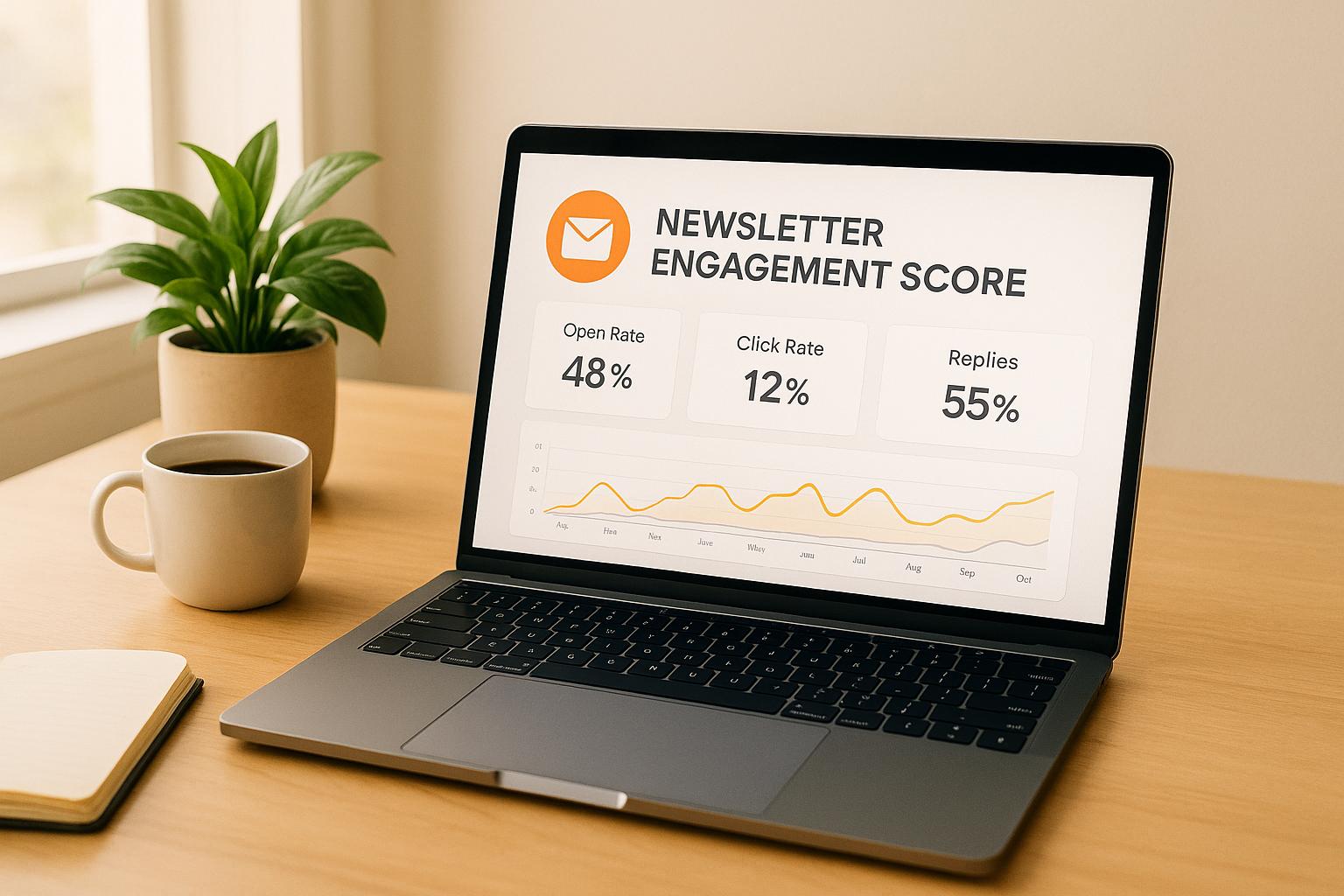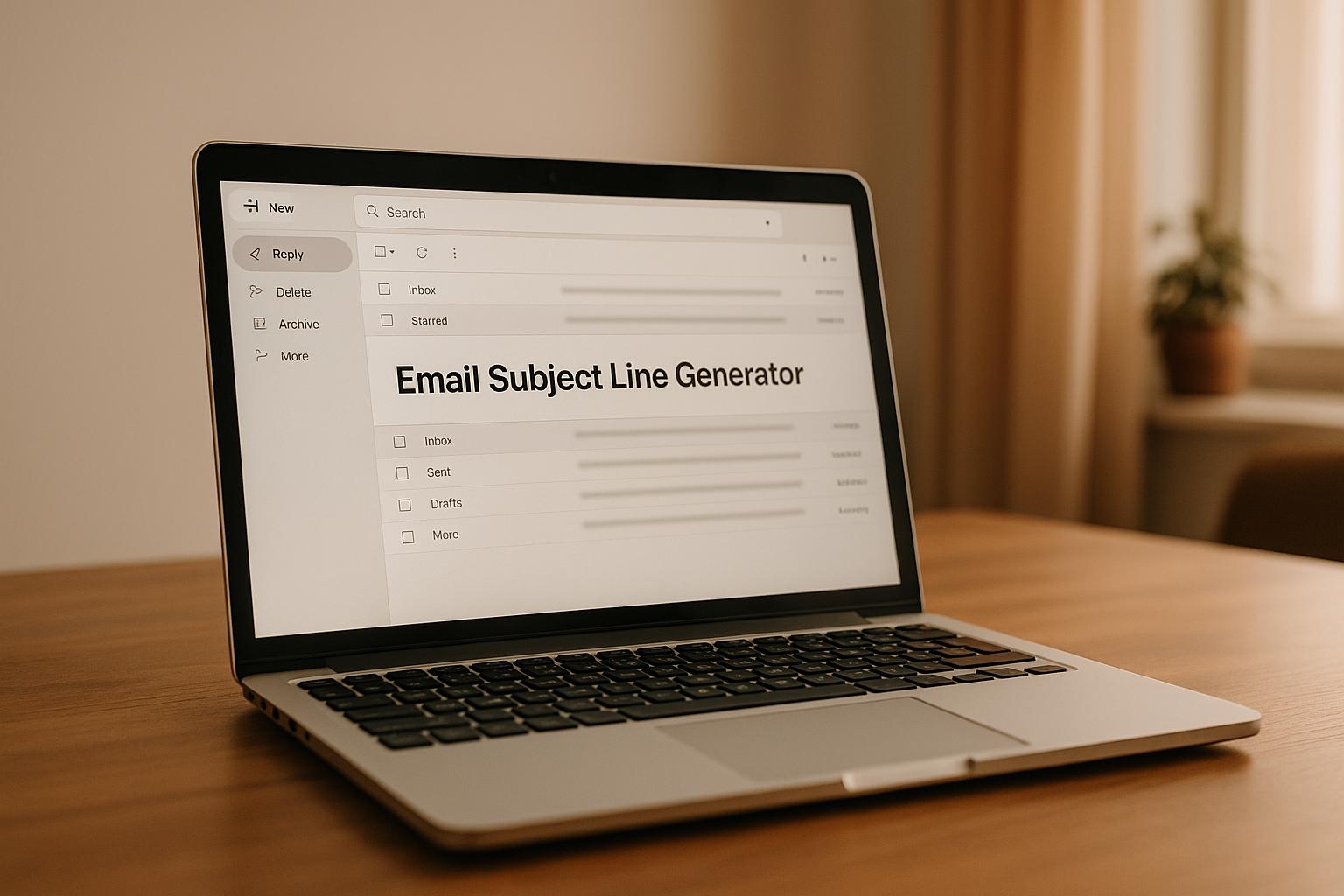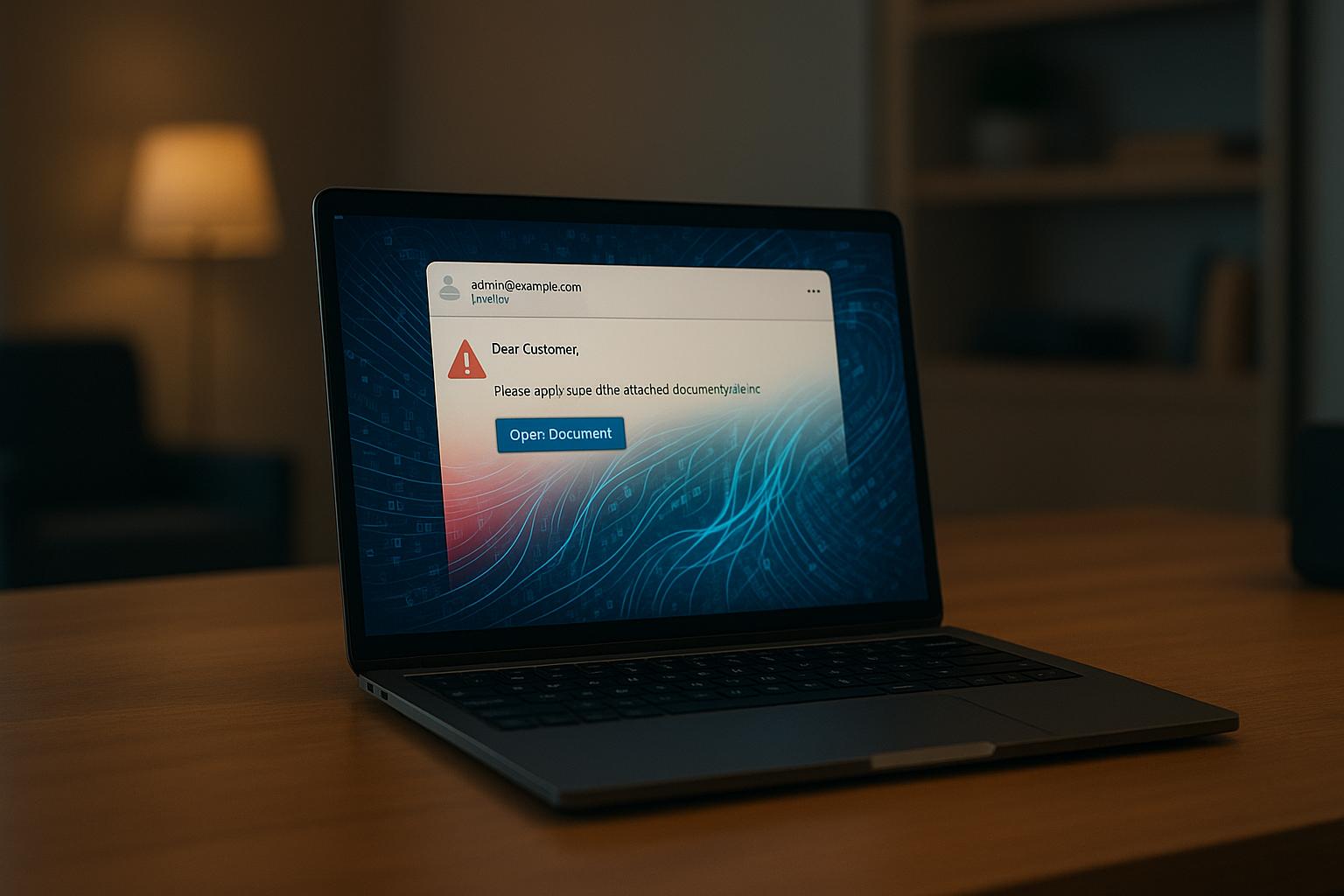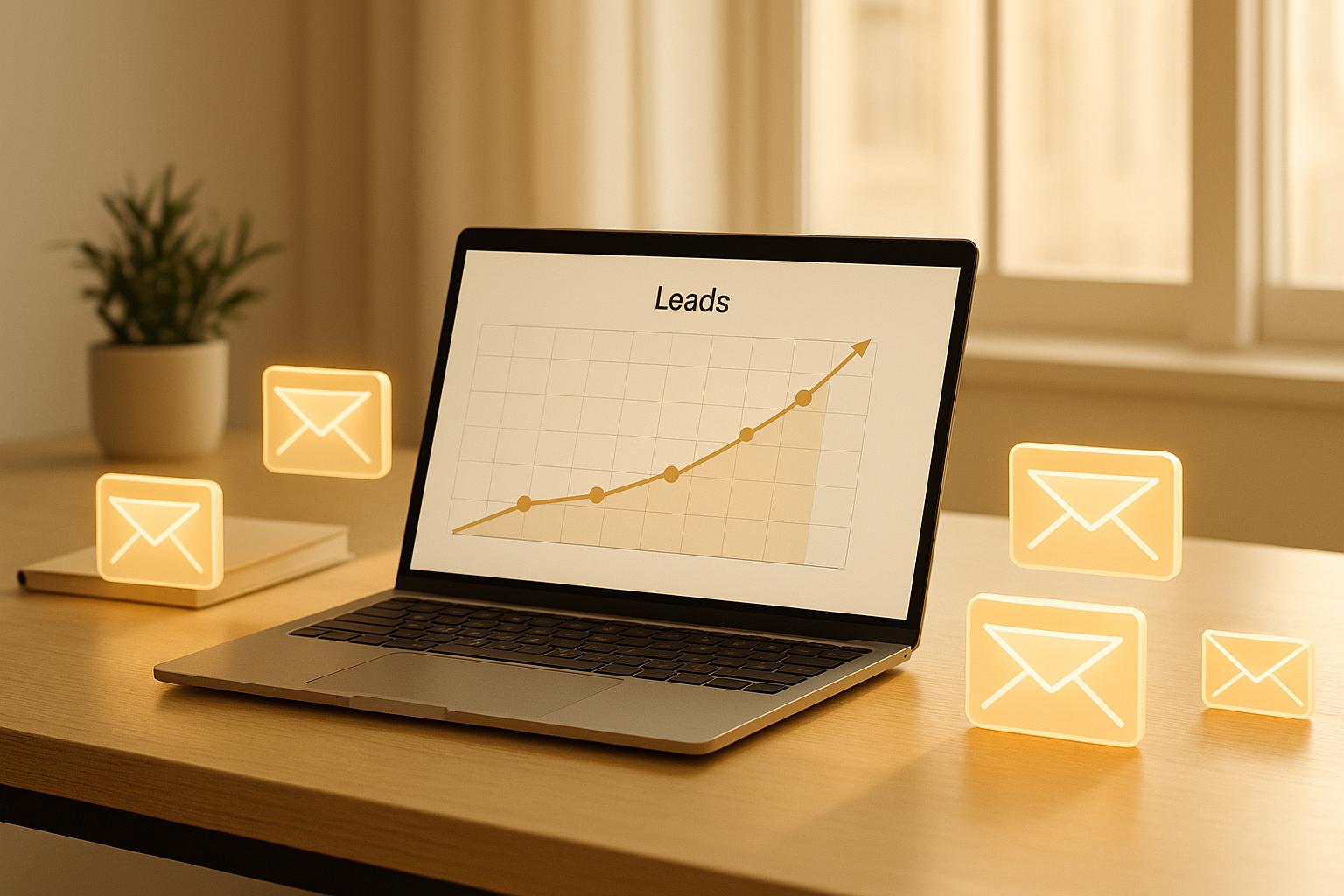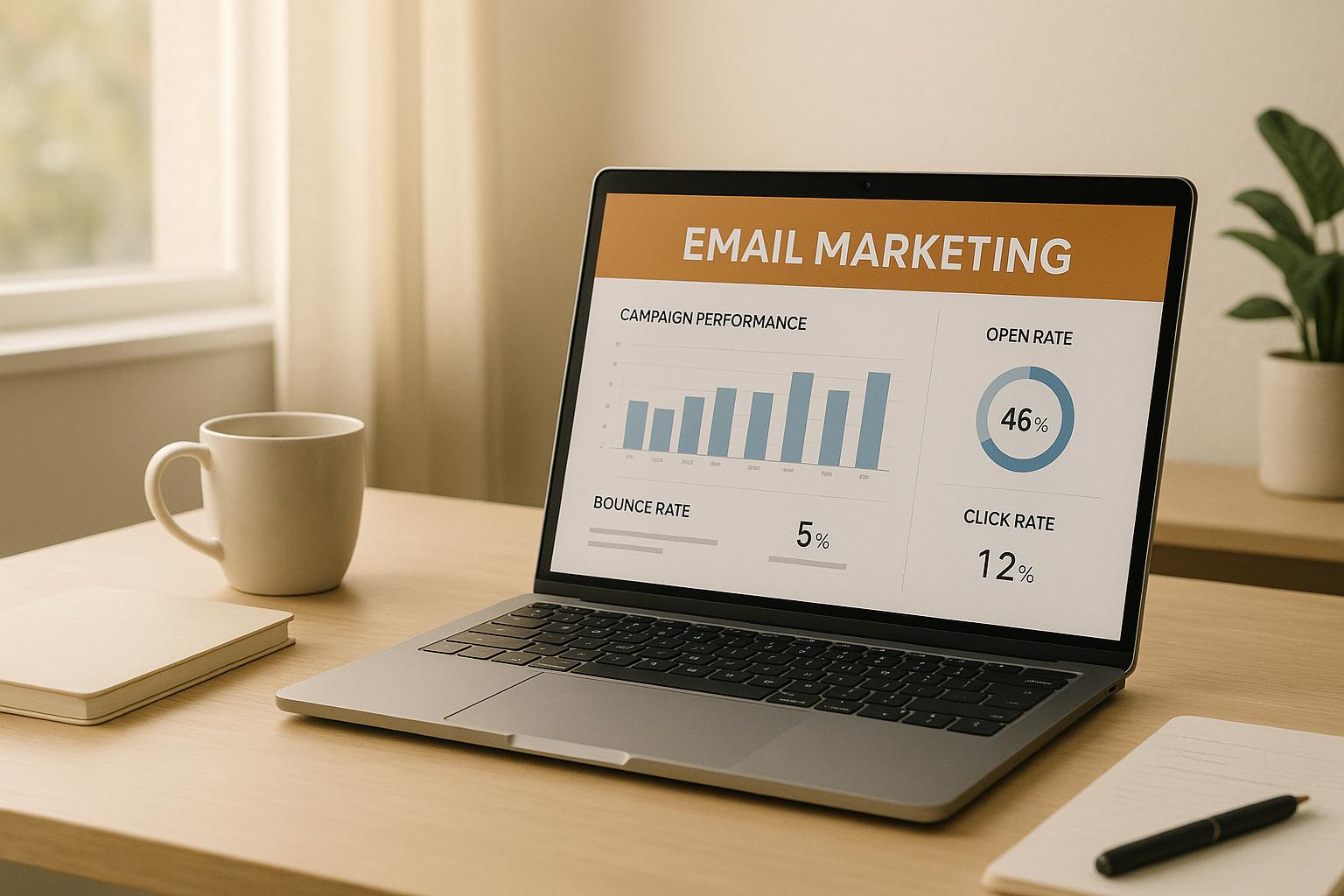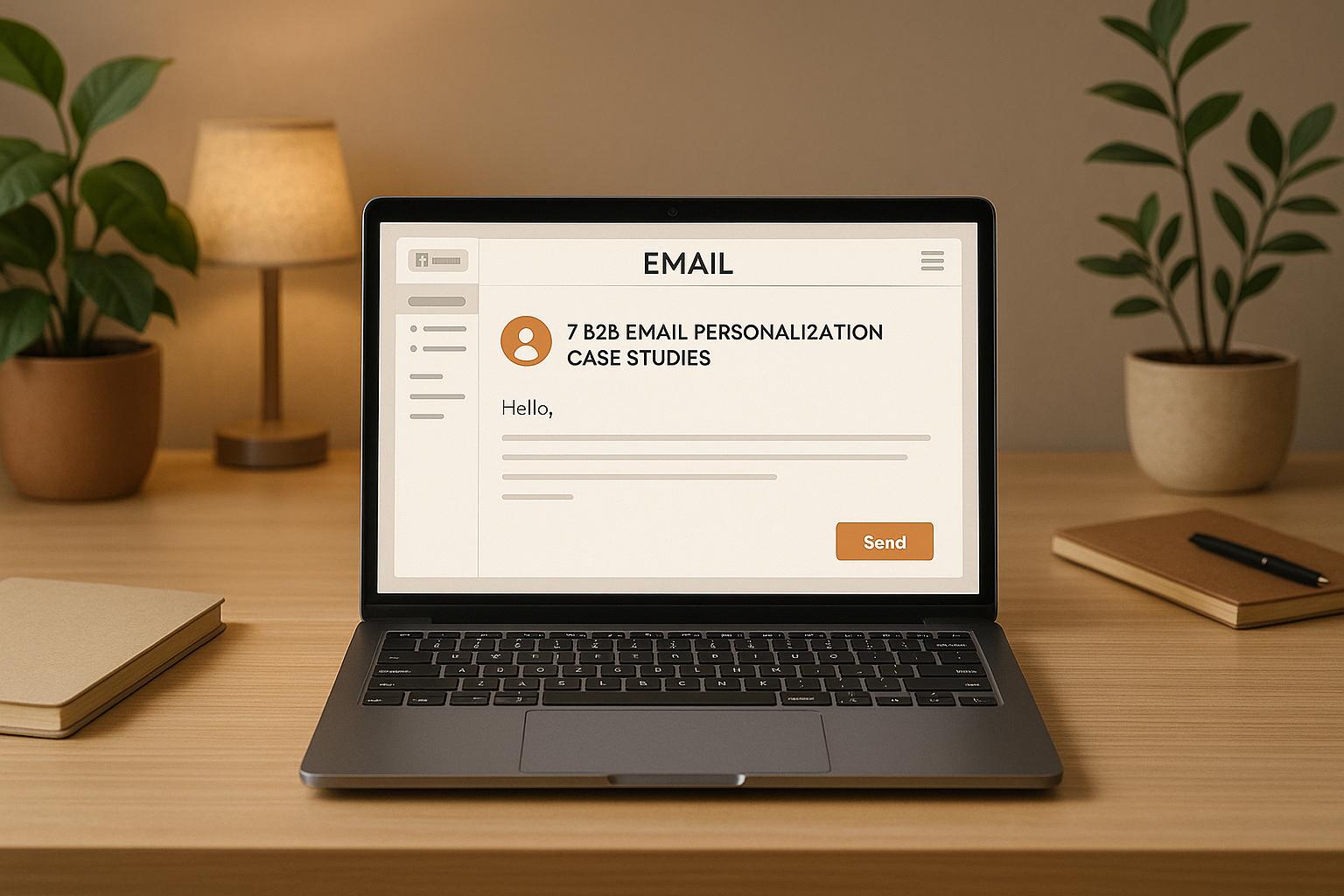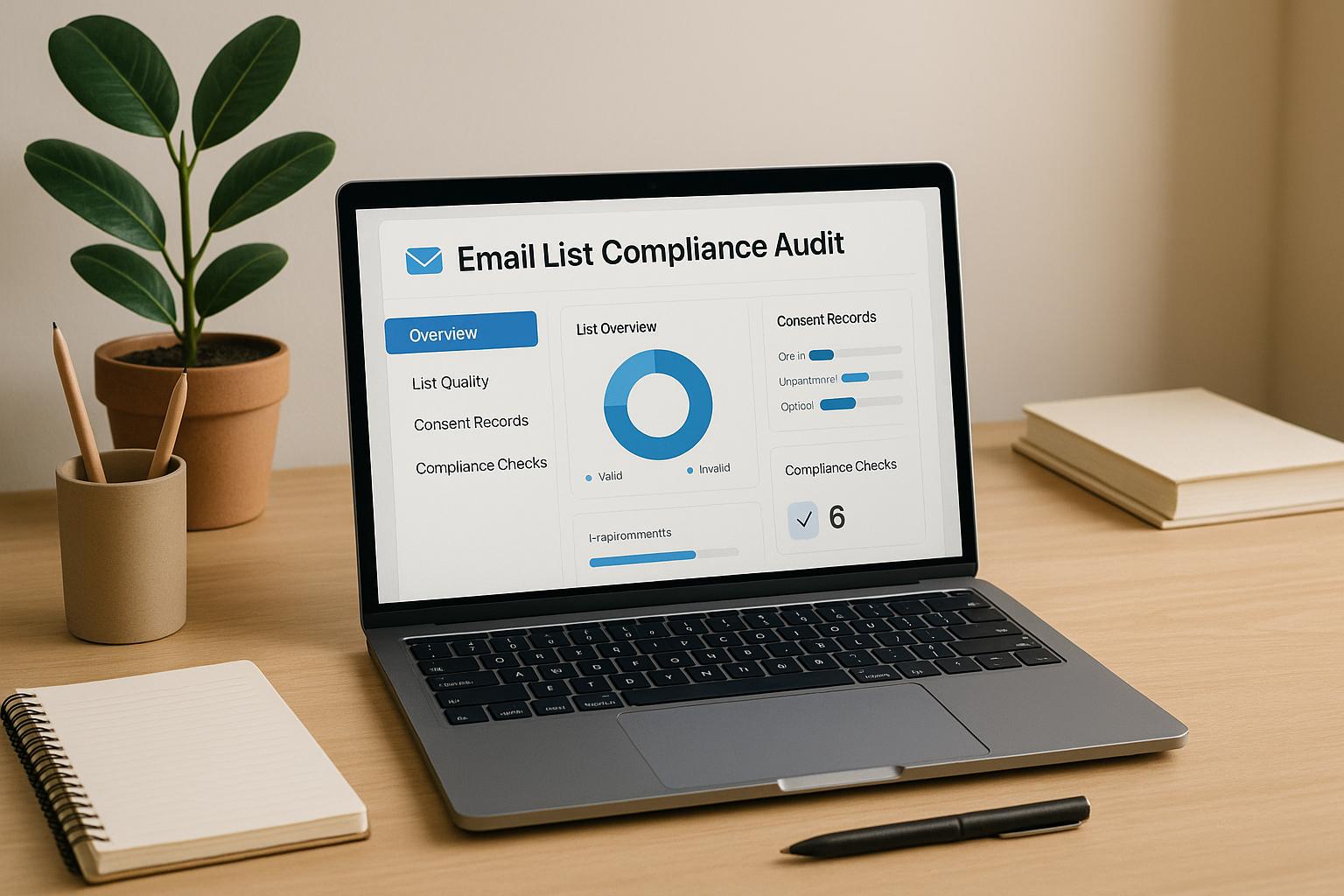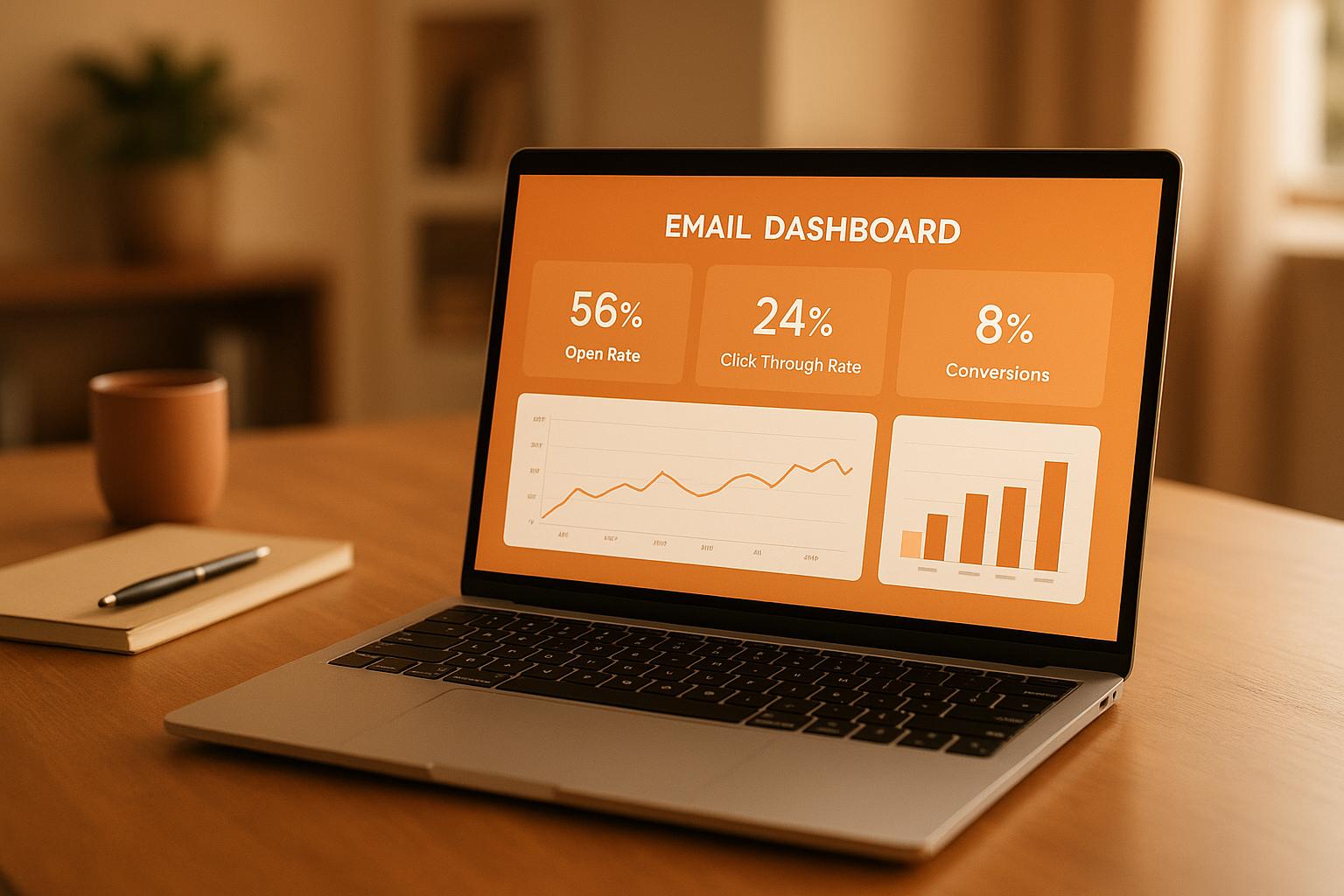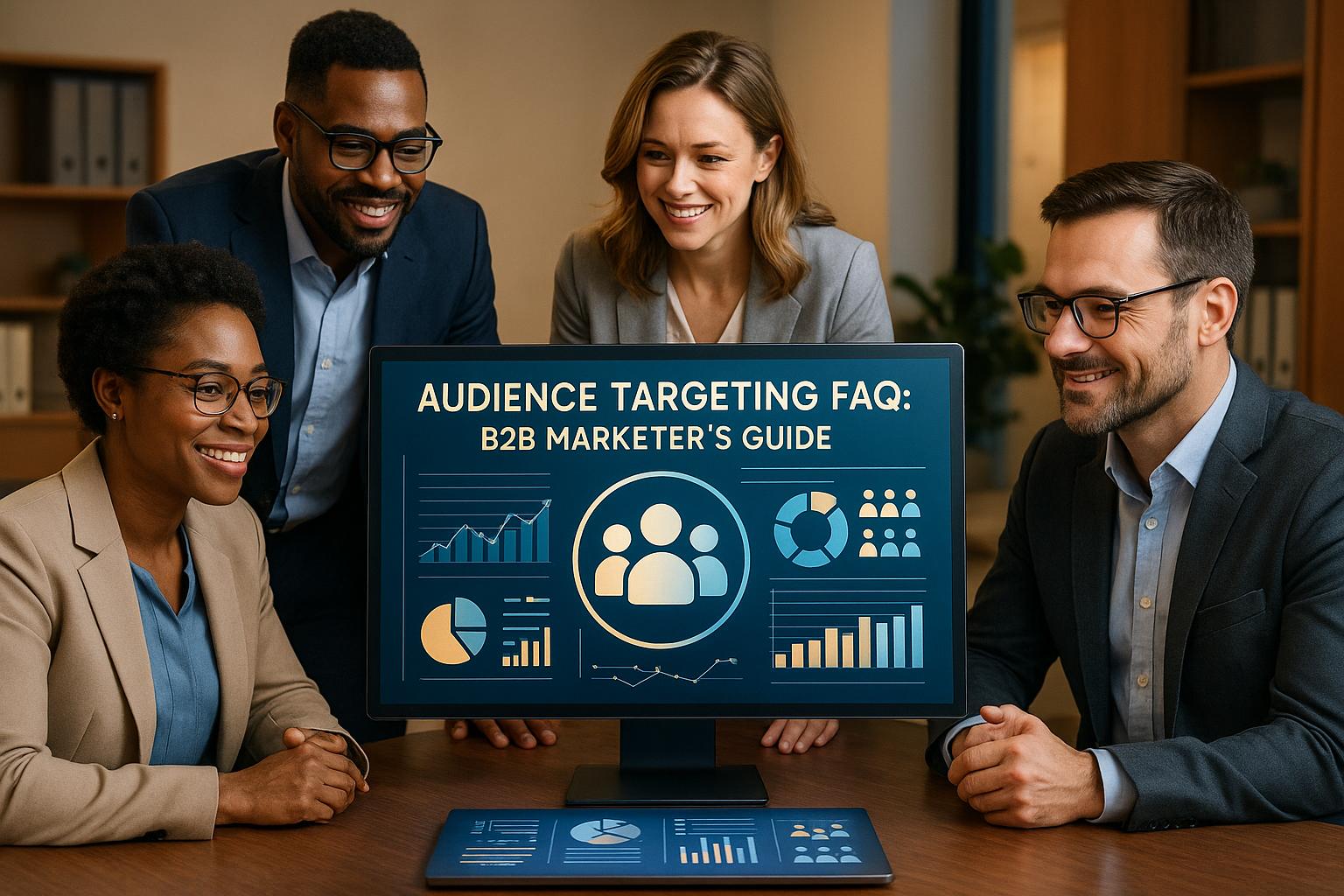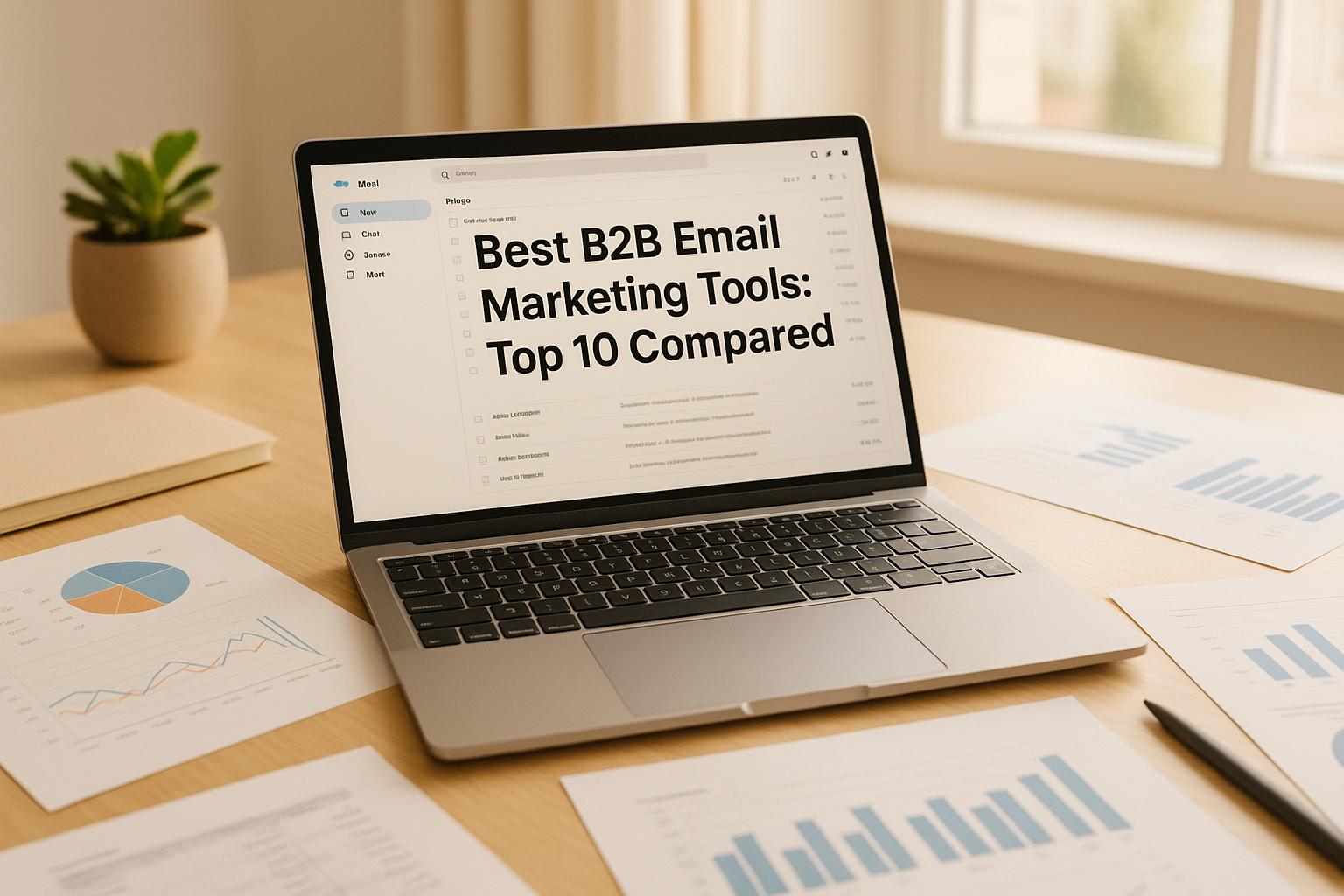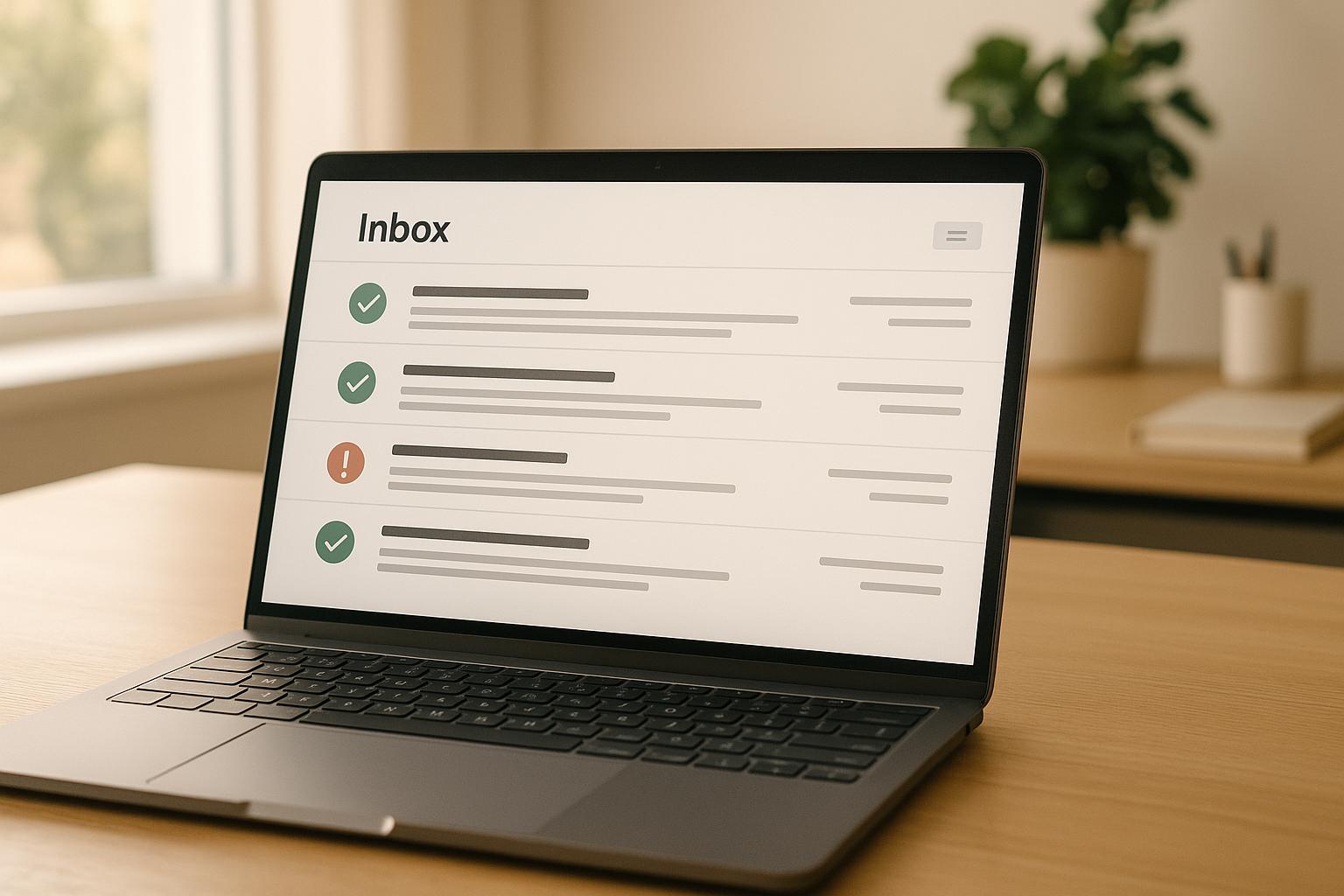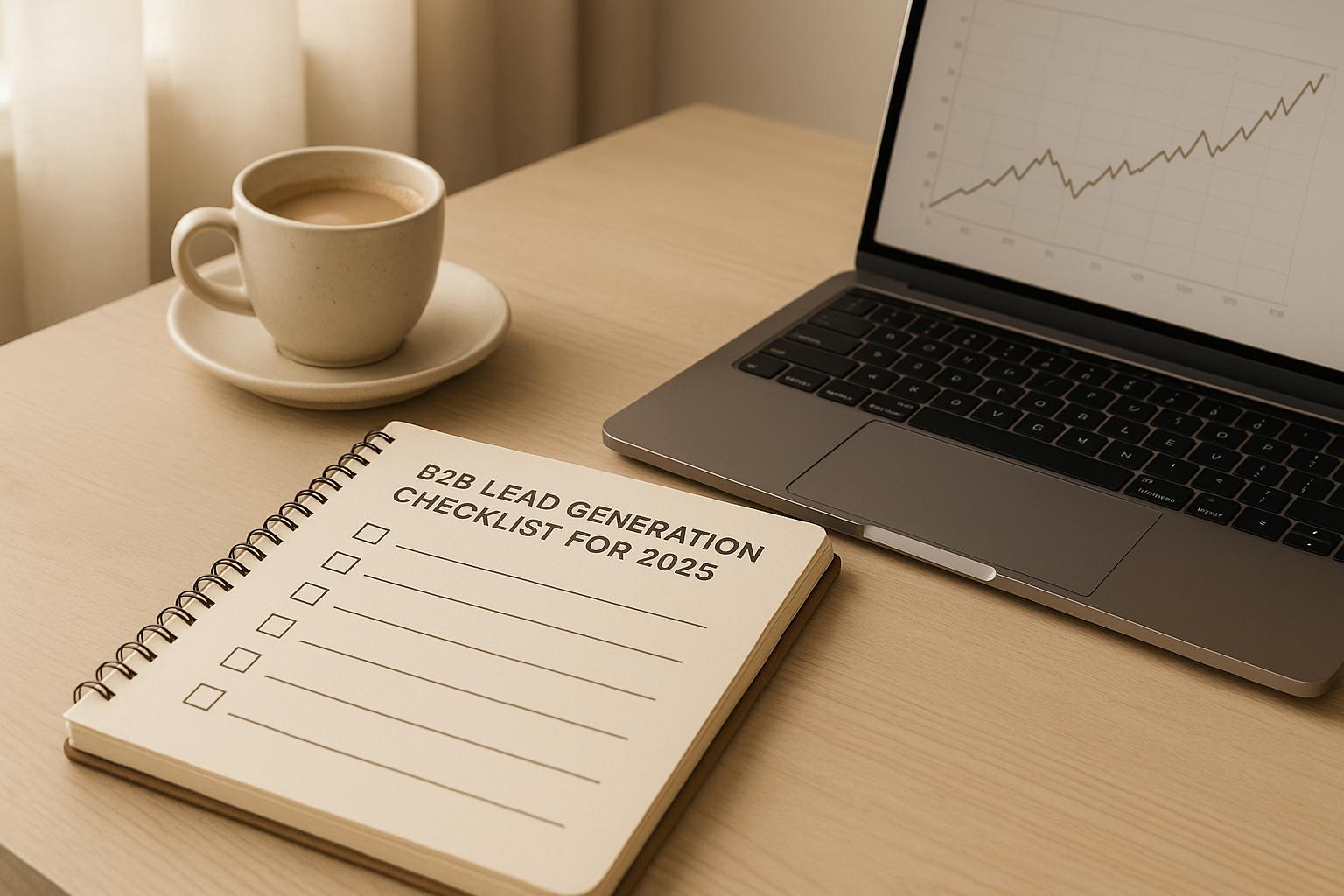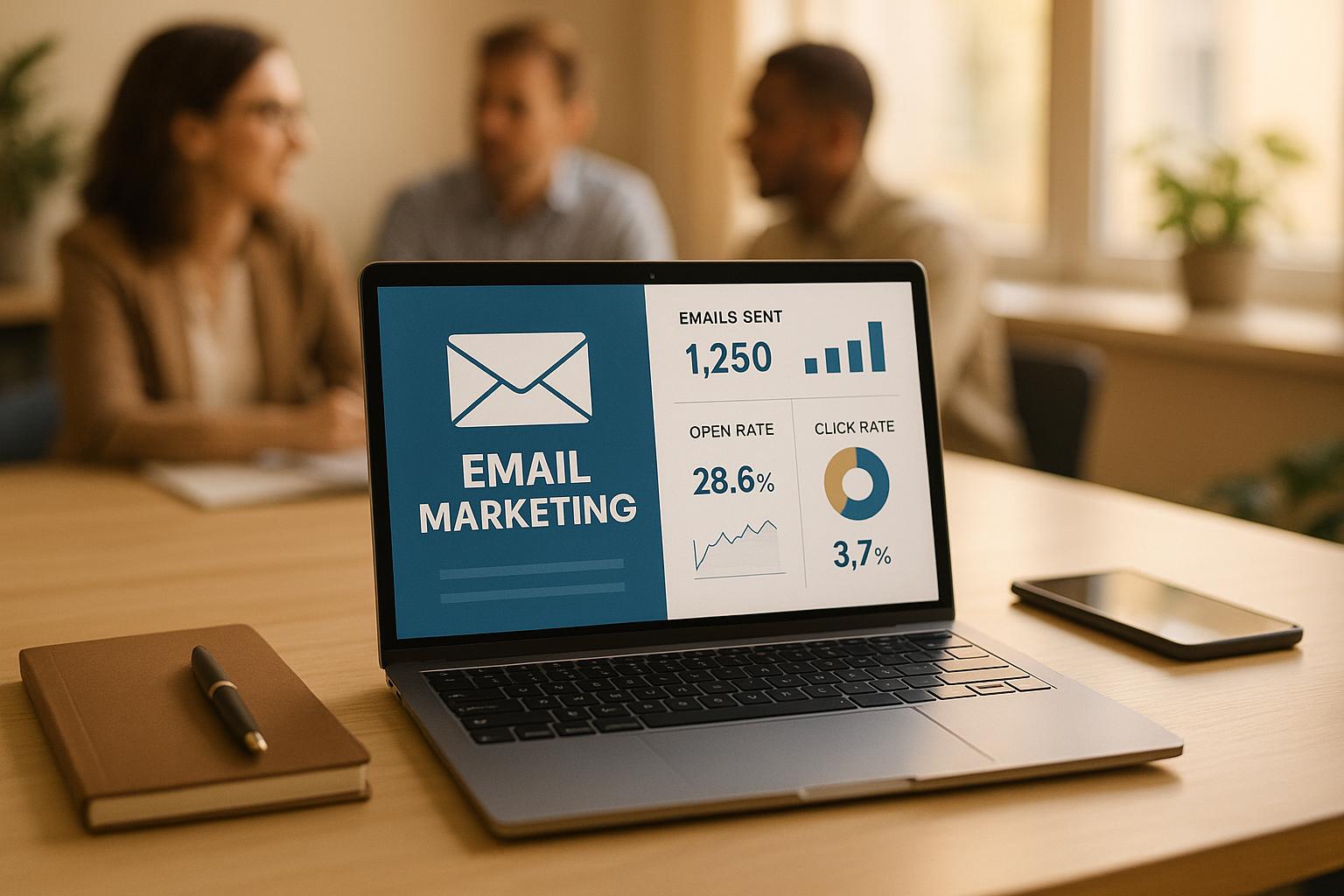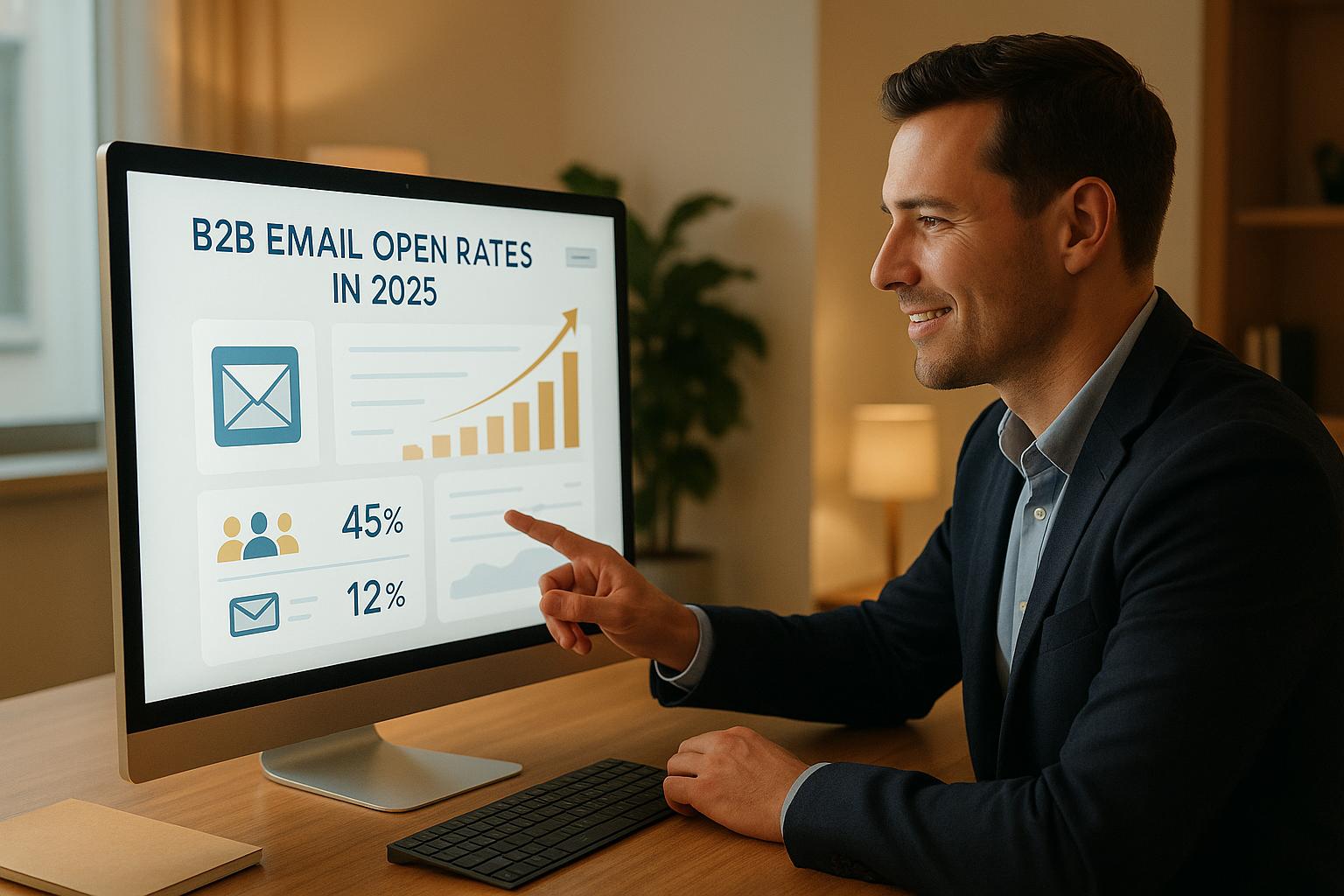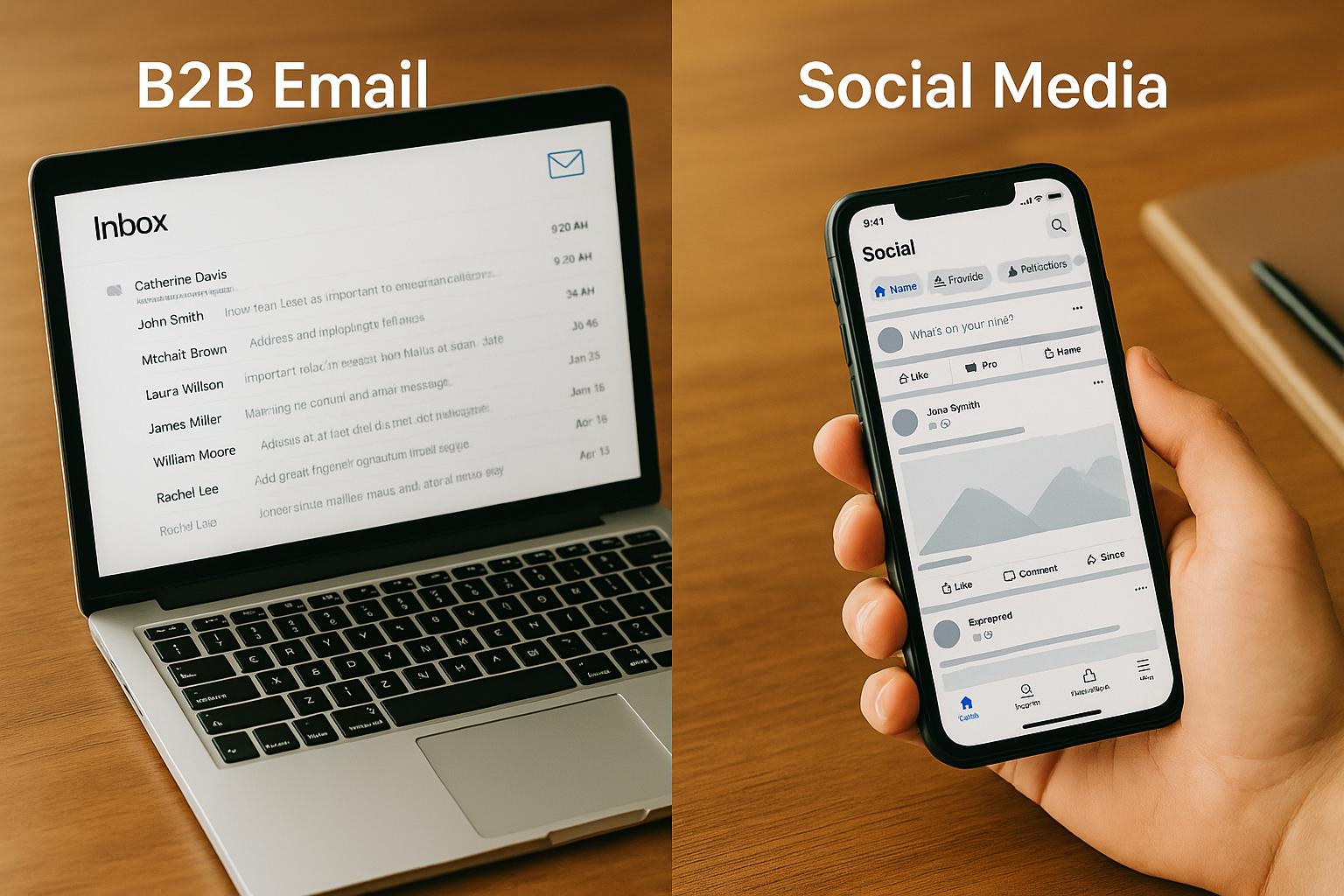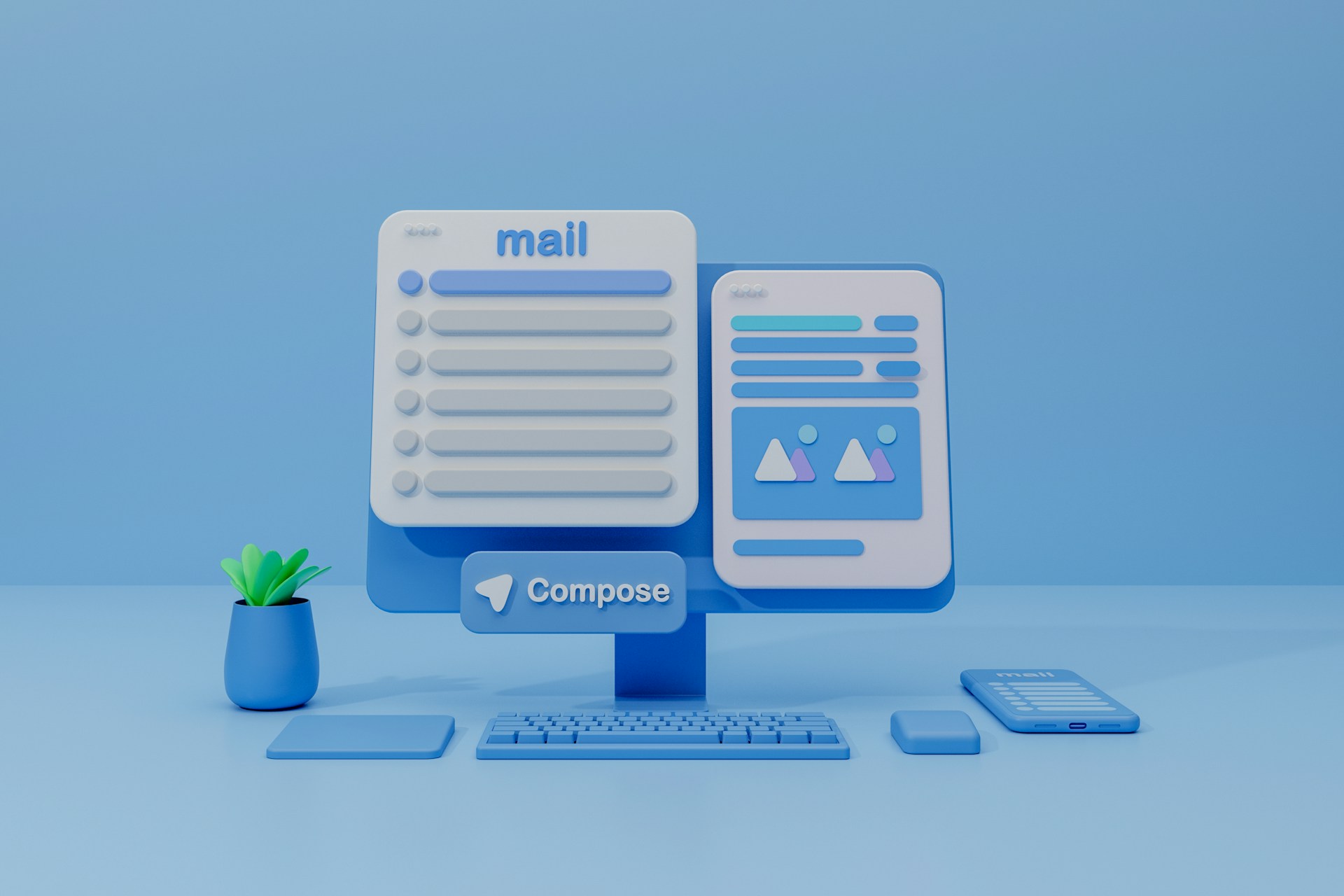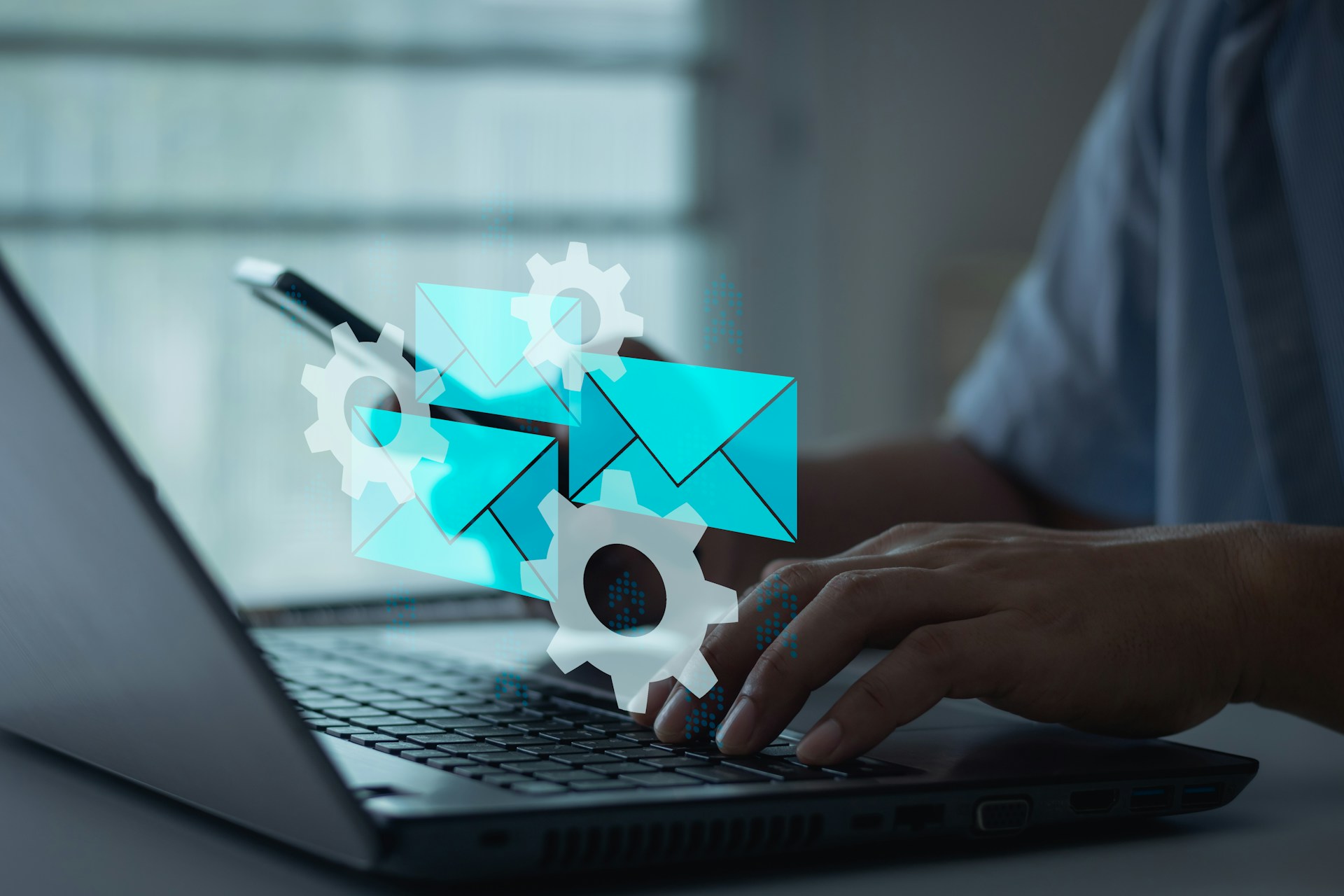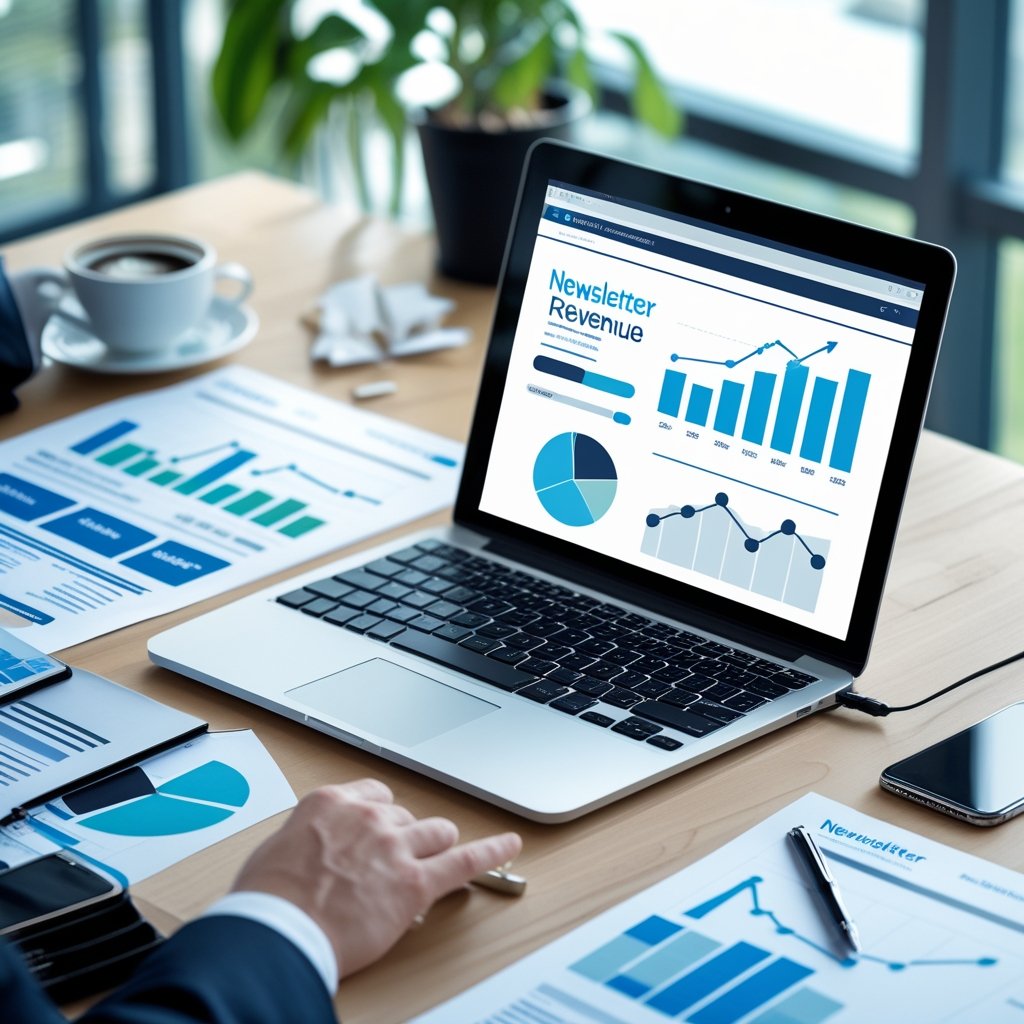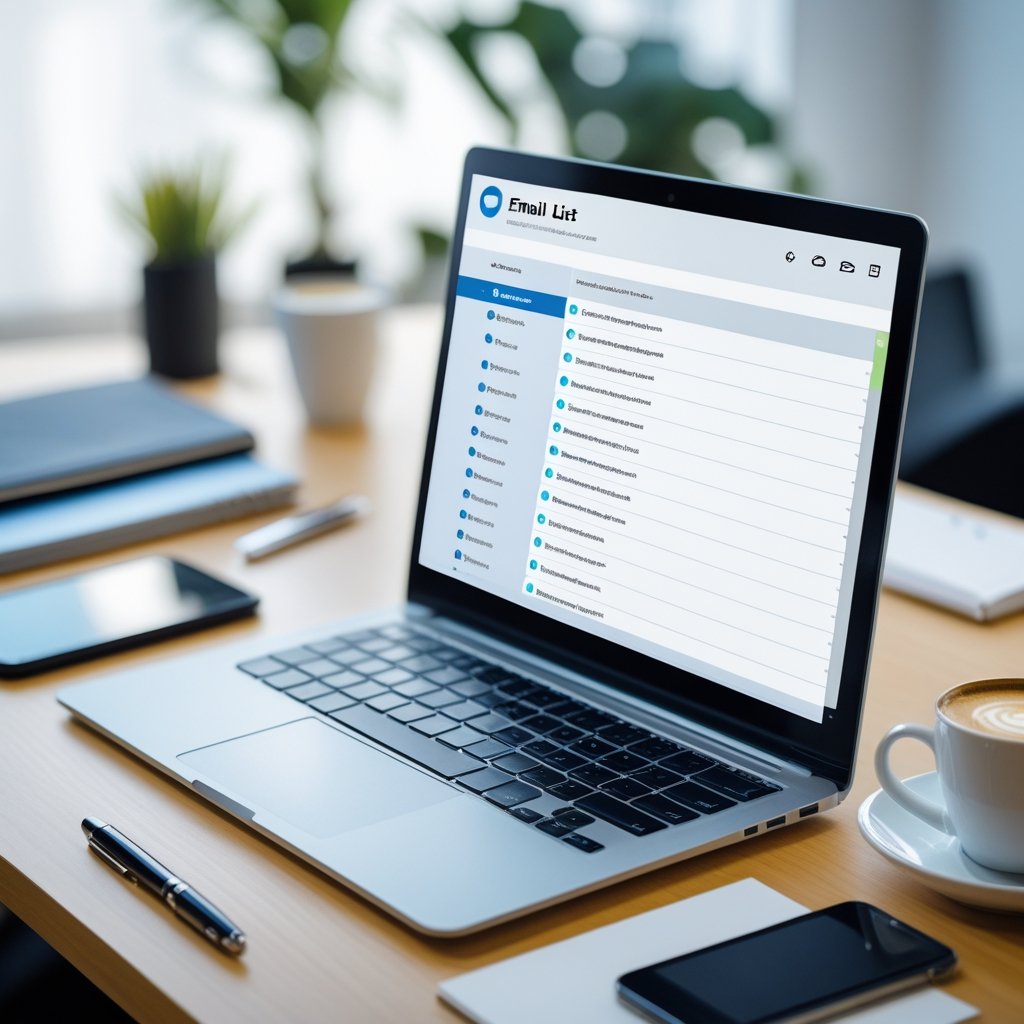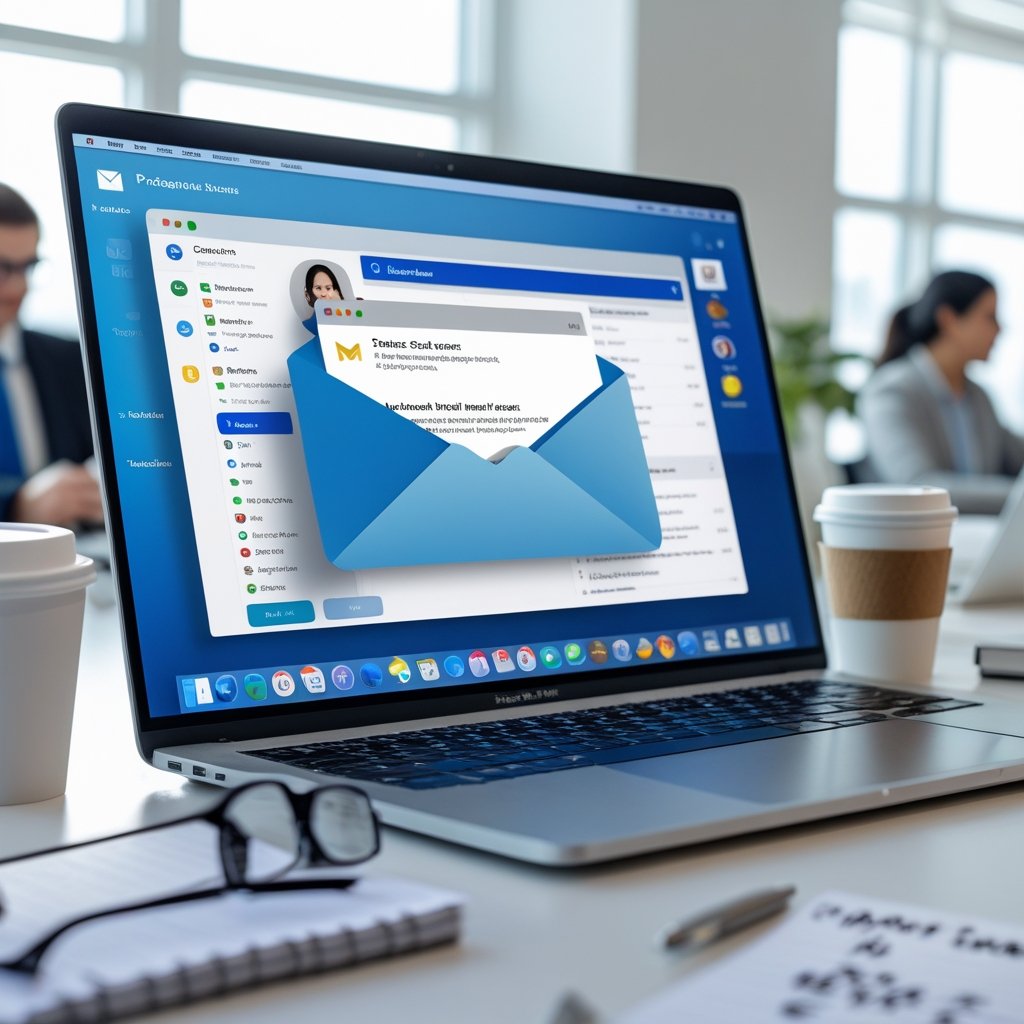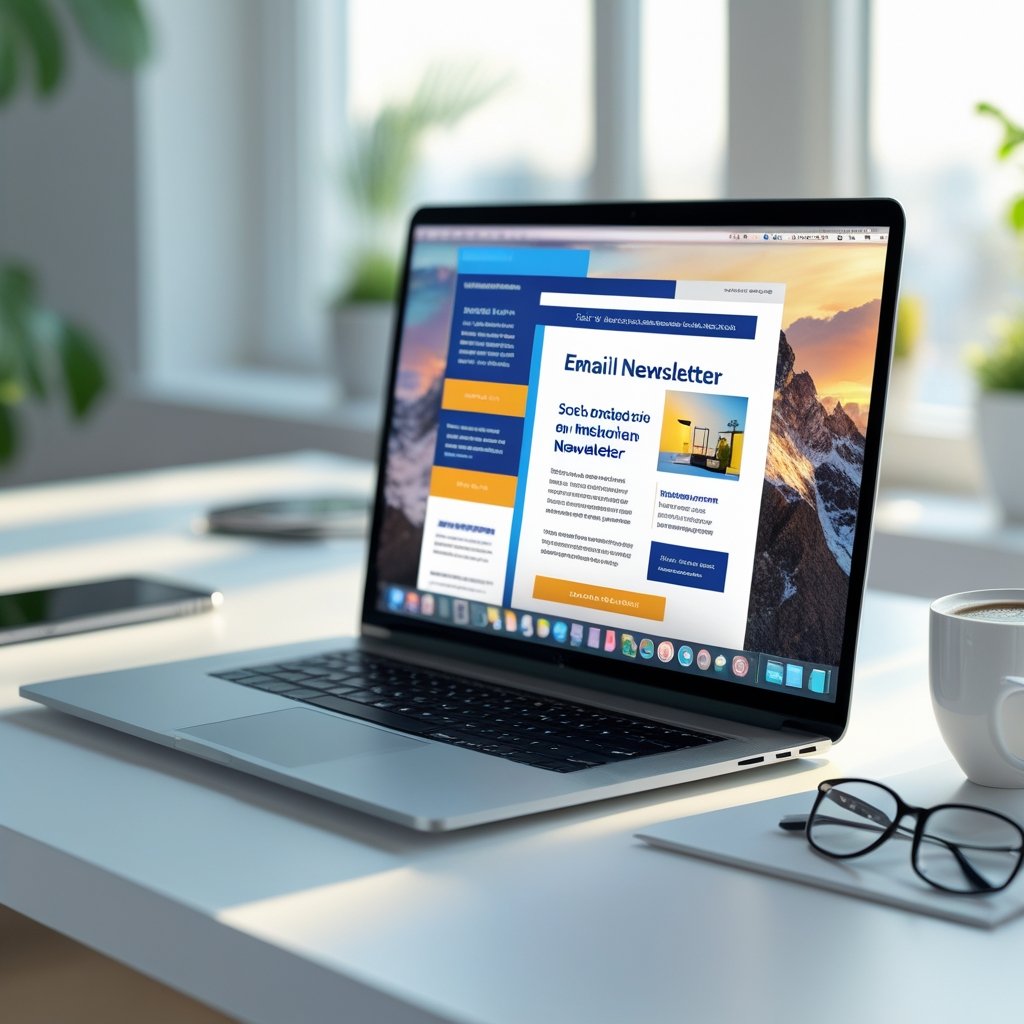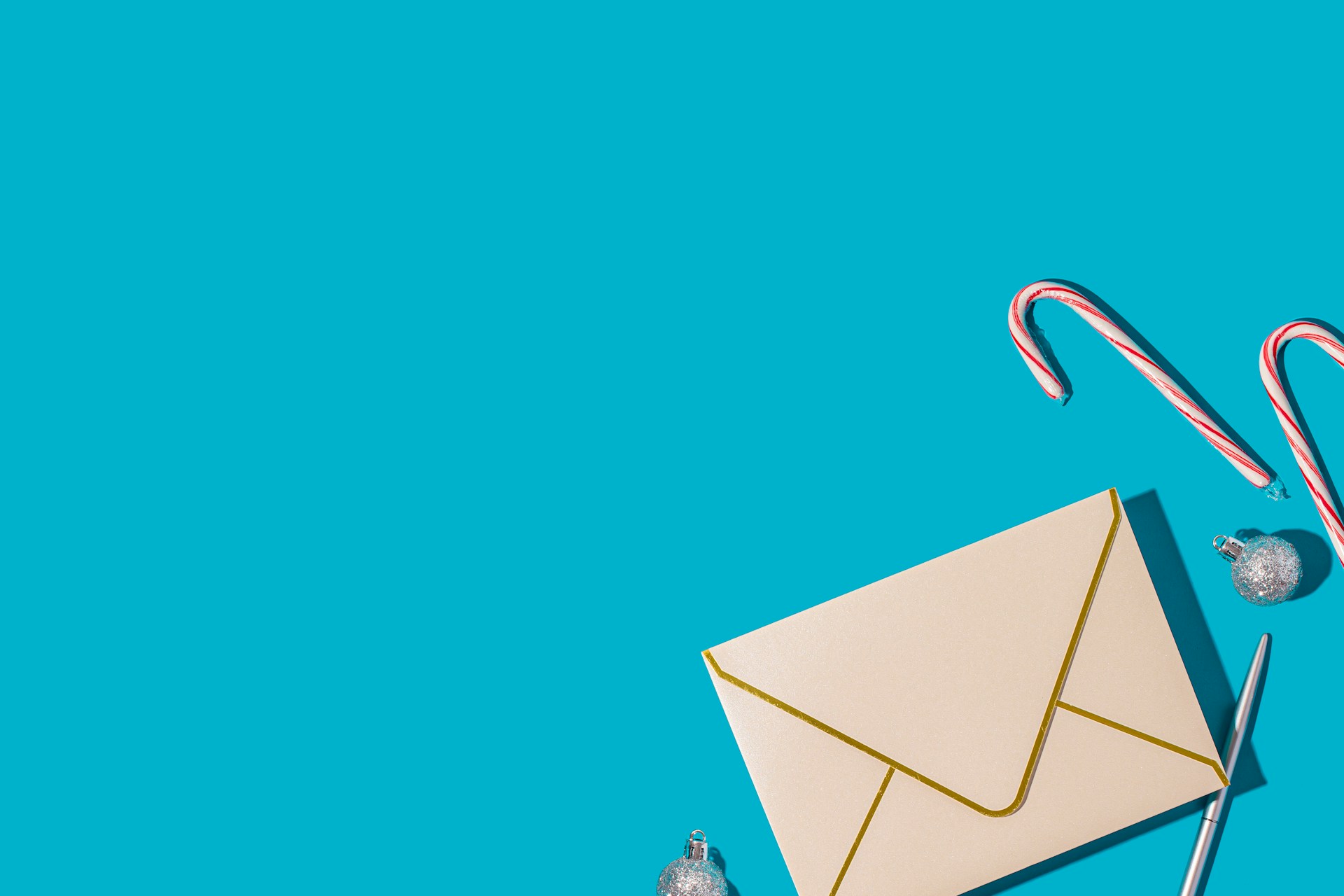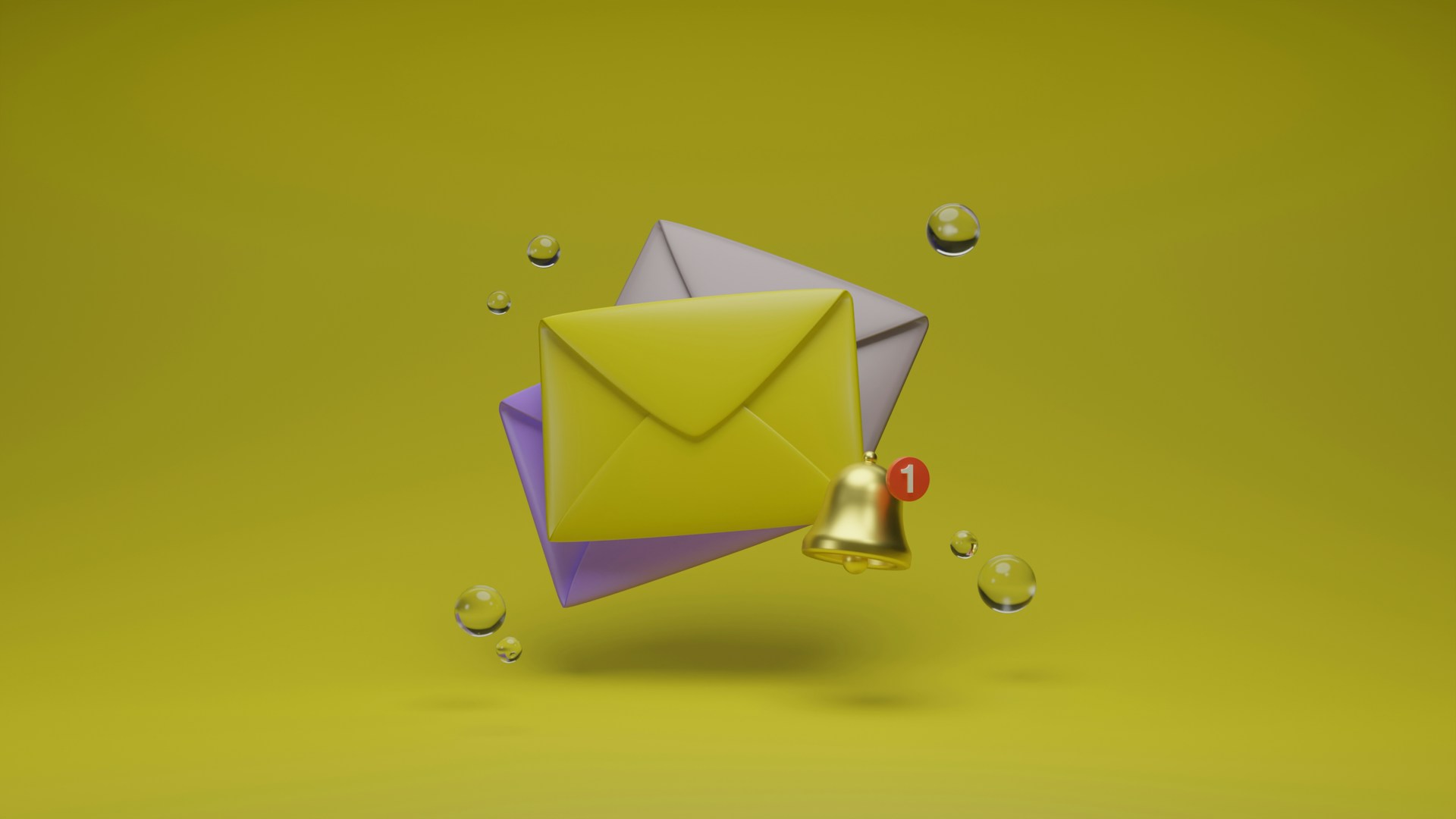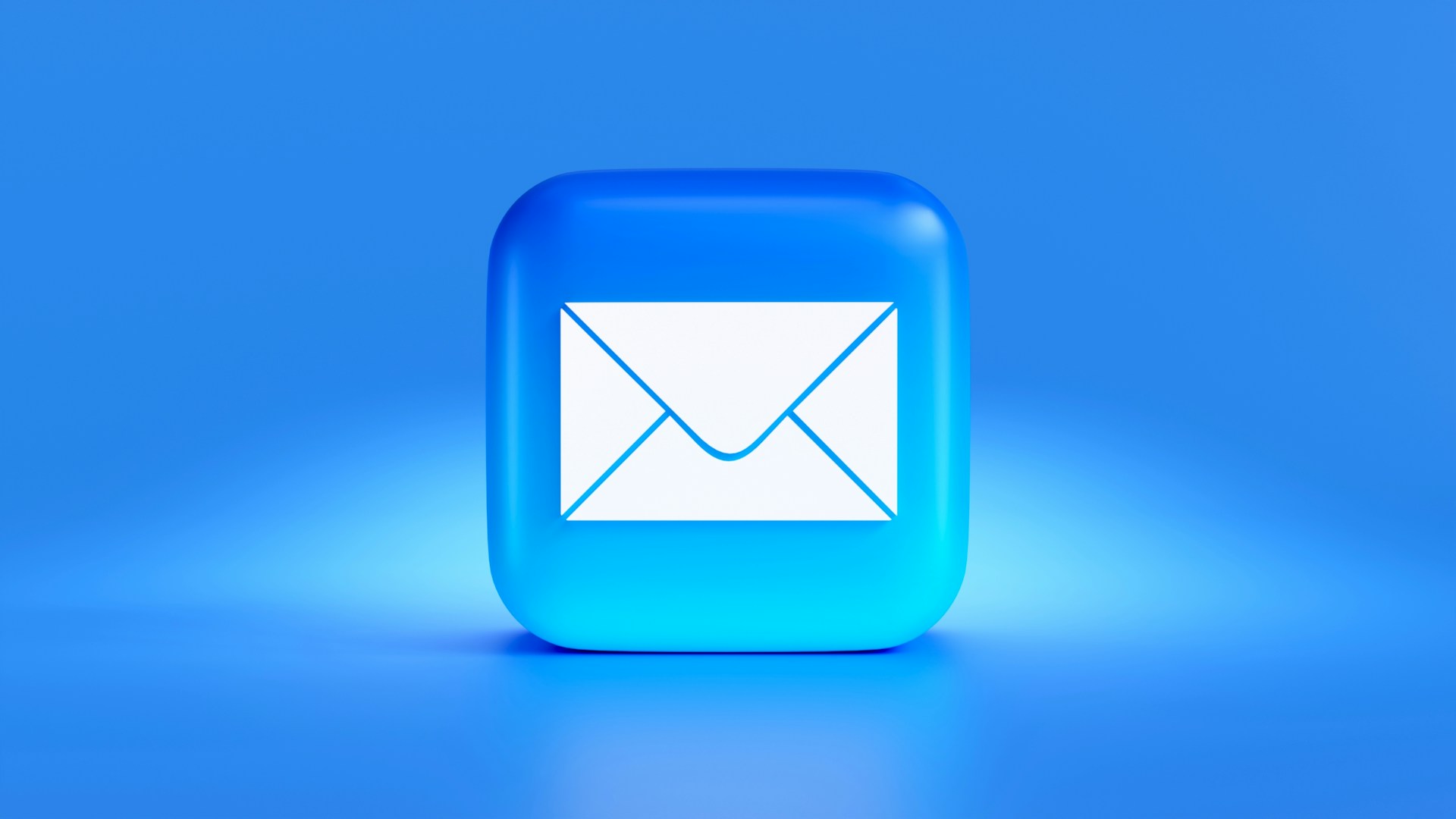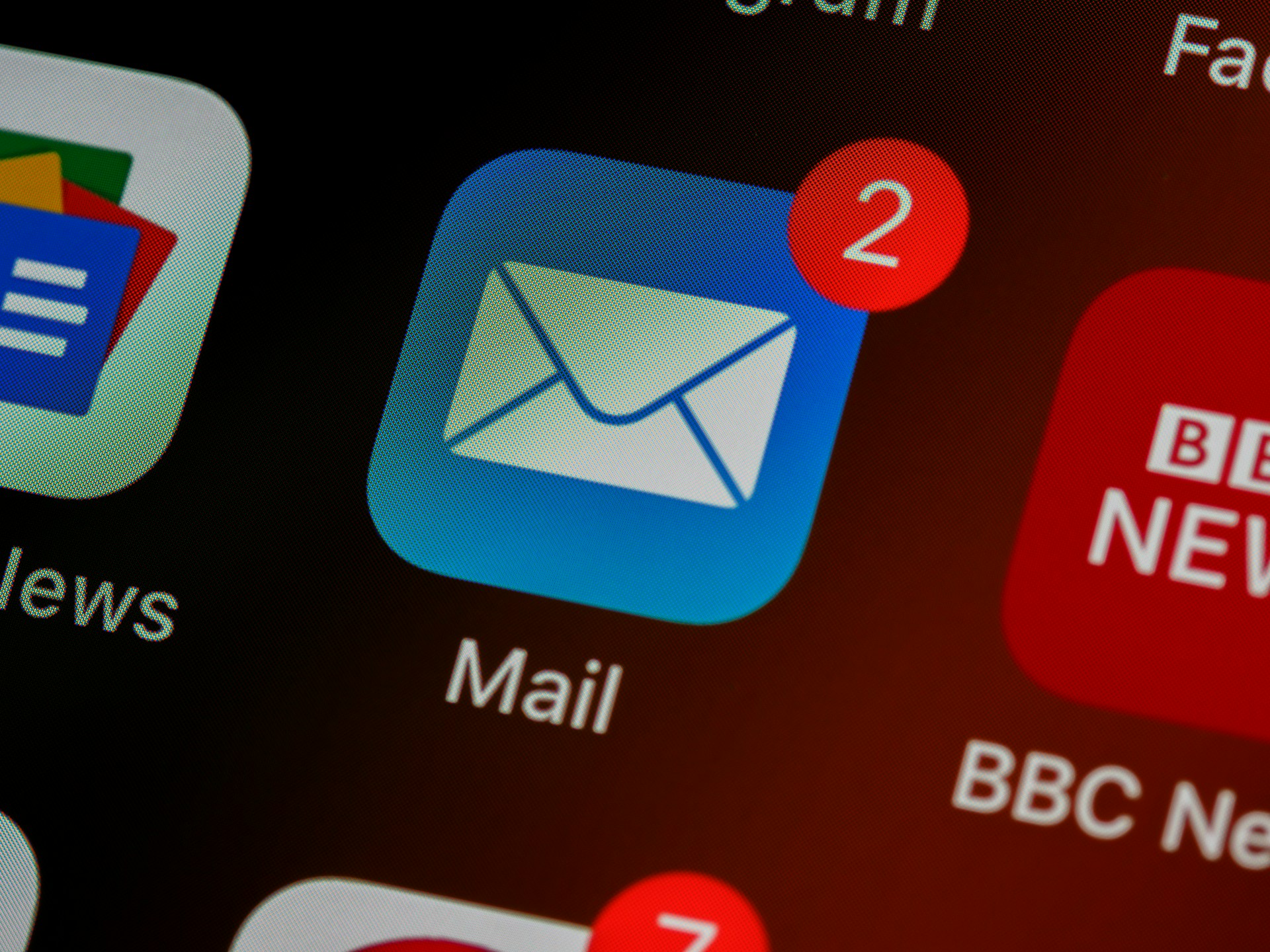Newsletter Automation Setup: Step-by-Step Guide
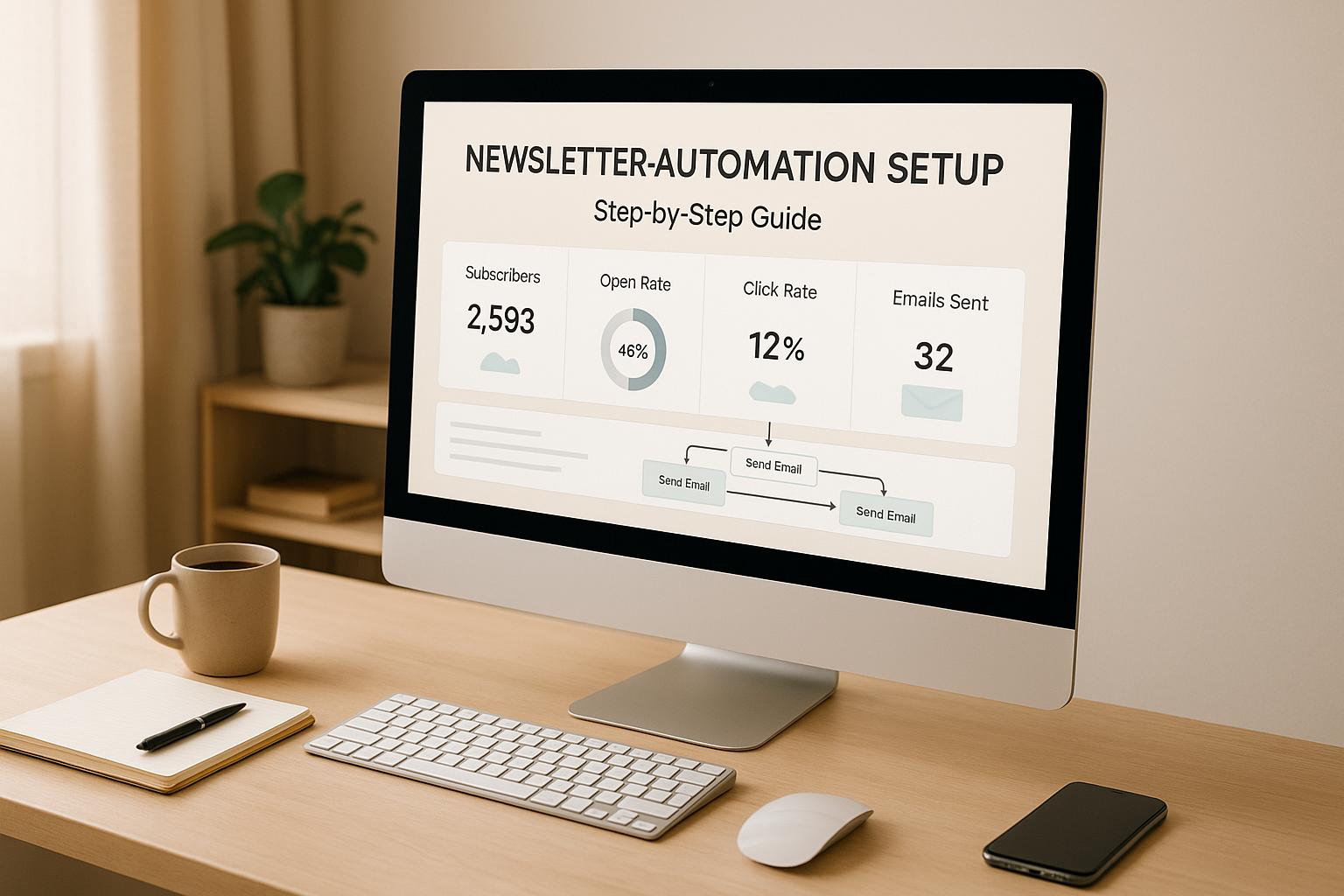
Newsletter automation is a game-changer for email marketing. It saves time, scales personalized communication, and improves engagement by automating repetitive tasks like sending follow-ups based on user actions. This guide walks you through:
- Picking the right tool: Look for features like CRM integration, audience segmentation, and real-time analytics. Tools like Breaker simplify automation with email validation, performance tracking, and design tools.
- Setting up workflows: Use triggers like sign-ups, engagement, or behavior to send targeted emails. Plan sequences to guide subscribers with timely, relevant content.
- Segmenting your audience: Group subscribers by factors like industry, behavior, or lifecycle stage to send tailored messages that resonate.
- Boosting performance: Track metrics like open rates, CTR, and conversions. Adjust triggers, timing, and content based on data to continually improve results.
Automation helps marketers focus on strategy rather than execution while delivering personalized experiences at scale.
How to Set Up Your Email Marketing for Success (7-Step System)
Choosing the Right Newsletter Automation Tool
Picking the right newsletter automation platform is a game-changer for B2B email marketing. The right tool doesn’t just save time - it ensures your campaigns are consistent, effective, and tailored to nurture leads seamlessly.
Features to Look for in Automation Tools
When evaluating automation tools, focus on features that make your email marketing efficient and impactful:
- User-friendly interface: A simple, intuitive setup makes creating workflows quick and hassle-free.
- CRM integrations: Real-time data sharing with your sales systems keeps your team updated on every lead’s journey.
- Targeted outreach: Tools that allow precise audience segmentation help you reach subscribers who align with your ideal customer profile.
- Performance tracking: Real-time analytics provide instant feedback on engagement and deliverability, enabling you to tweak strategies on the fly.
- Email validation: Built-in validation features ensure your emails land in active inboxes, safeguarding your sender reputation.
- Flexible design tools: A customizable newsletter builder lets you create polished, on-brand emails effortlessly.
Below, we’ll explore how Breaker incorporates these features to simplify newsletter automation.
How Breaker Makes Newsletter Automation Easy
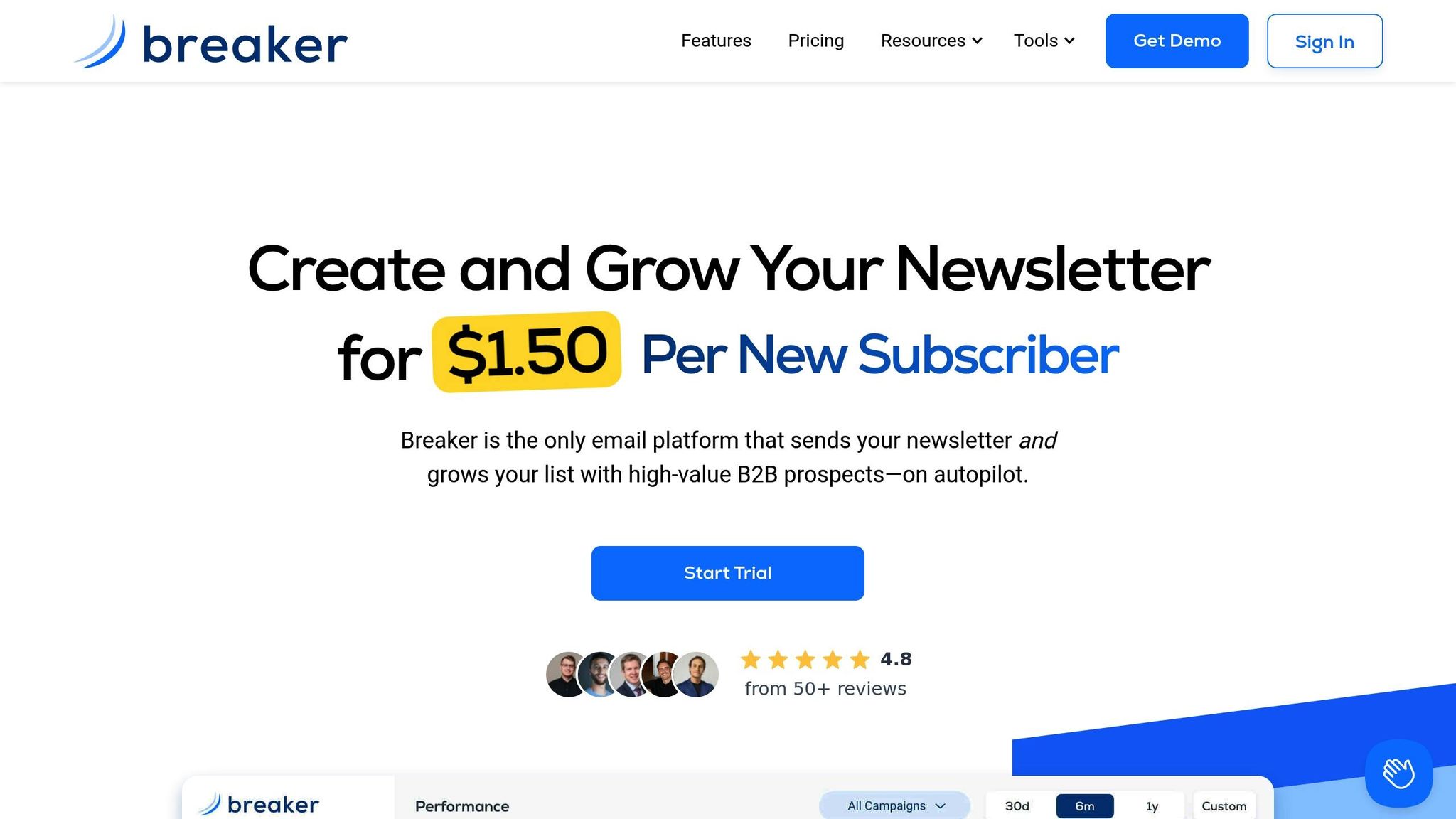
Breaker takes these must-have features and enhances them with advanced functionality, making it a standout option for businesses looking to streamline their email marketing efforts.
- Automated lead generation: Breaker identifies and verifies ideal subscribers, ensuring your list stays relevant and actionable.
- Precision targeting: It connects your campaigns with the right audience, boosting the quality of your outreach.
- Integrated analytics: Real-time performance data syncs with your CRM, enabling quick adjustments to optimize results.
- Email validation at scale: Unlimited validations ensure your messages consistently reach legitimate inboxes, protecting your sender reputation.
- Seamless CRM integration: Breaker ensures smooth data flow between your marketing and sales teams, keeping everyone aligned.
- Easy-to-use newsletter builder: Designing professional, branded emails is simple and integrates seamlessly into your workflows.
- Unlimited user access: Your entire marketing team can collaborate without worrying about extra licensing fees.
- Expert support: Breaker’s white-glove service provides hands-on assistance with setup and optimization, so you’re never left figuring things out on your own.
Breaker’s combination of essential and advanced features makes it a powerful ally in your email marketing strategy, ensuring your campaigns are both effective and easy to manage.
Building Your Automation Workflows
Automation workflows are like a roadmap guiding your subscribers through their journey with your brand. They help deliver the right message at just the right time, tailored to the actions and interests of your audience. This approach ensures consistent engagement and measurable results, seamlessly continuing the conversation about strategic automation.
The key to success lies in understanding your subscribers' behavior and creating logical email sequences that offer value at every step.
Setting Up Automation Triggers
Triggers are the starting point for any automation sequence. They’re specific actions or conditions that automatically kick off your email campaigns. The best triggers are rooted in meaningful subscriber behaviors, giving you insight into their level of interest or intent.
- Sign-up triggers: These mark a subscriber’s first interaction with your brand. Use this moment to make a great first impression through a welcome sequence. Introduce your brand, set clear expectations, and deliver something valuable right away.
- Engagement-based triggers: These respond to real-time activities like downloading a whitepaper, attending a webinar, or clicking on a specific link in your email. Such actions reveal what your subscribers are interested in, allowing you to follow up with targeted content that speaks directly to their needs.
- Behavioral triggers: These track how subscribers interact with your content over time. For instance, if someone consistently engages with emails on a certain topic, you can send them a specialized sequence tailored to that subject. On the flip side, if someone hasn’t opened your emails in a month, it might be time to send a re-engagement campaign.
- Date-based triggers: These are especially useful in B2B settings where timing matters. For example, you could send a check-in sequence 90 days after someone becomes a customer or schedule emails leading up to a contract renewal.
Want to make your triggers even more precise? Combine multiple conditions. For example, pair an action (like downloading a pricing guide) with firmographic data (such as company size) to create highly relevant campaigns.
Once your triggers are set, the next step is crafting email sequences that flow naturally and keep subscribers engaged.
Building and Timing Email Sequences
With triggers in place, it’s time to focus on the email sequences themselves. A good sequence feels like a conversation - smooth, logical, and connected - rather than a string of random messages.
Start by defining the purpose of each sequence. Are you nurturing new leads, onboarding customers, or trying to win back inactive subscribers? Your objective will shape everything: the content, tone, and even the length of your sequence.
Before writing, map out the subscriber’s journey. Think about the questions they might have, the objections they could raise, and the information they’ll need to make confident decisions. Each email should build on the last while still offering standalone value.
Timing matters. For example:
- Send the first welcome email immediately after someone signs up.
- Follow up with a second email within 24 to 48 hours.
- Space out subsequent emails every 3 to 5 days for most campaigns, or 5 to 7 days for educational content like industry insights or case studies.
Consider branching paths based on subscriber actions. Let’s say someone opens your first email but doesn’t click any links - they might benefit from more educational content before receiving sales-focused messages. On the other hand, a click to your pricing page signals buying intent, which calls for a more direct follow-up.
Experiment with sequence lengths to see what works best for your audience. Some businesses find success with a concise 3-email sequence, while others see stronger engagement with 7 to 10 emails.
Every email should include a clear call to action. Whether it’s reading a blog post, scheduling a demo, or replying with questions, make the next step simple and obvious.
The most effective sequences strike a balance between education and promotion. Share useful insights, industry trends, or practical tips while gradually introducing how your product or service fits into their needs. This builds trust and positions your brand as a reliable resource.
Finally, don’t let your sequences go stale. Regularly review and update them - refresh examples, update statistics, and tweak messaging based on performance data and feedback. This ensures your content stays relevant and continues to resonate with your audience.
sbb-itb-8889418
Segmenting Your Audience for Better Results
Sending the same email to everyone? That’s a recipe for disengagement. Segmentation takes your newsletter automation from a generic broadcast to a tailored conversation that speaks directly to each subscriber’s needs and interests.
When done right, segmentation makes your emails feel personal and relevant. Instead of coming across as one-size-fits-all, your messages resonate with subscribers, increasing the chances they’ll open, click, and take action. Why? Because the content aligns with their specific situation and where they are in their buyer’s journey.
At its core, segmentation is about dividing your audience into distinct groups based on their behavior and needs. Your role is to guide subscribers into the right category, using what you know about them to deliver content that matters.
How to Segment Your Audience
Segmentation works best when paired with well-thought-out automation workflows. It starts with the data you already have - data many B2B marketers overlook, even though it’s a goldmine for creating targeted campaigns.
Here’s how you can break it down:
- Demographic and firmographic data: Information like company size, industry, job title, and location gives you a clear picture of your audience’s unique challenges. A startup founder, for example, has very different needs than a VP at a Fortune 500 company.
- Behavioral data: Look at how subscribers interact with your emails and website. Are they opening your emails, clicking links, or visiting specific pages? High engagement signals they’re ready for more direct sales messaging, while lower activity might mean it’s time to focus on educational content.
- Lead scoring: Combine multiple data points to assess buying intent. Actions like downloading a whitepaper, attending a webinar, or visiting a pricing page can all add to a lead score. High scores? Those prospects are primed for a sales conversation.
- Customer lifecycle stage: Tailor your messaging based on where subscribers are in their journey with your brand. New subscribers need introductory content, while loyal customers or those nearing renewal might appreciate exclusive offers or advanced tutorials.
- Purchase history and product usage: Existing customers are a goldmine for segmentation. Someone on a basic plan might be interested in an upgrade, while enterprise users could benefit from advanced feature guides or industry-specific solutions.
Start simple. Begin with three to five broad segments based on the most critical criteria, then refine as you gather more insights. Tools like Breaker make this process easier by automatically organizing subscribers based on engagement patterns and demographic data, while also offering advanced lead scoring. This ensures your messages reach the right people at the right time.
Creating Content for Each Segment
Once your segments are set, it’s time to create content that speaks directly to each group’s needs and challenges. Generic emails won’t cut it - targeted messaging builds trust, strengthens relationships, and drives results.
Here’s how to make your content work for each segment:
- Match your tone to your audience: Executives prefer concise, strategic messaging focused on ROI, while technical users want detailed breakdowns of features and integrations. A CFO doesn’t need to know about API capabilities, but your IT manager does.
- Address specific challenges: Small business owners care about affordability and ease of use, while enterprise buyers prioritize scalability and security. Each segment has unique concerns, and your messaging should reflect that.
- Tailor your calls to action: New subscribers might appreciate free tools or educational resources, while engaged prospects are ready for demos or trial offers. Match your ask to their level of interest.
- Adjust content complexity: Technical users can handle detailed specs and guides, but business-focused audiences prefer high-level insights. Don’t overwhelm non-technical readers or oversimplify for technical ones.
- Use relatable examples: Share case studies and success stories that align with each segment’s situation. Small businesses want to see how others like them succeeded, while enterprise prospects need examples from similar large-scale organizations.
- Fine-tune email frequency: Highly engaged subscribers can handle more frequent emails, while others might prefer less frequent updates. Experiment to find the right balance for each group.
- Go beyond basic personalization: Mention their industry, company size, or specific interactions with your brand. This level of detail shows you understand their needs and aren’t just sending out generic messages.
Keep in mind, segmentation doesn’t mean creating endless micro-groups. Focus on meaningful differences that truly impact how you communicate. Three well-thought-out segments with tailored content will always outperform a dozen poorly defined ones. By delivering content that feels relevant and personalized, you’ll see stronger engagement and better results from your automated campaigns.
Improving Your Automation Performance
Once you've set up your automation workflows, the next step is making them work better. Boosting performance means keeping an eye on how things are going, tweaking strategies based on data, and fine-tuning your content to better connect with your audience.
Tracking Your Email Metrics
Every email campaign generates a treasure trove of data. But not all numbers are equally useful. Focus on the metrics that matter most to your business goals to uncover actionable insights about your audience's behavior.
- Open rates: This metric tells you how well your subject lines are performing. On average, open rates hover around 30%, but welcome emails can hit as high as 50%.
- Click-through rates (CTR): Your CTR shows how engaging your content and calls-to-action are. A strong CTR means your message is hitting the mark.
- Conversion rates: This tracks how often recipients take the action you want - whether it's making a purchase, signing up for a demo, or downloading a resource. Even small improvements here can make a big difference.
- Unsubscribe and complaint rates: These are your early warning signs. High rates could mean your content isn't connecting or you're emailing too often. Over-emailing is the top reason people unsubscribe.
- Email ROI: This puts your campaign's performance into perspective. With email marketing delivering about $36 in revenue for every $1 spent, tracking ROI is essential.
Digging deeper into your data by segmenting it can reveal patterns unique to different groups. For instance, one segment might have stellar open rates but struggle with conversions, while another might show the reverse. These insights help you fine-tune your strategy.
Use tools like Breaker's built-in analytics and Google Analytics to get a full picture of your customer journey - from the moment they open your email to how they interact with your website. This data helps you refine not just your content, but also your timing and triggers.
Adjusting Triggers and Timing
When it comes to email campaigns, timing is just as important as content. Even the best email can fall flat if it lands in your audience's inbox at the wrong time or is triggered under the wrong conditions.
Look at your audience's engagement patterns to find the best times to send emails. For B2B audiences, weekdays often work better, but testing different times can uncover habits specific to your subscribers.
Revisit your trigger criteria regularly. For example, if your follow-up email is sent after a single whitepaper download but your data shows conversions typically happen after multiple downloads, adjust the trigger to align with that behavior.
Timing follow-ups is equally important. Too many emails can overwhelm your audience, while too few can cause them to lose interest. Seasonal trends and business cycles also play a role. For instance, B2B decision-making often slows during holidays or budget planning periods, so you might want to adjust your email frequency accordingly.
For e-commerce, cart abandonment emails are especially critical. With nearly 70% of shopping carts left behind, recovery emails can make a big difference. Test different follow-up times to see whether immediate or slightly delayed emails work better for your audience.
You can also use engagement data to refine triggers. For example, highly engaged subscribers who tend to convert faster might benefit from being moved into conversion-focused sequences more quickly. Once your triggers and timing are dialed in, the next step is to focus on crafting content that delivers results.
Writing Better Email Content
Great automation workflows rely on emails that grab attention and inspire action. Here's how to make your content stand out:
- Subject lines: This is your first chance to catch your audience's eye. Keep them short, engaging, and curiosity-piquing. Avoid hard character limits but aim to convey urgency or value in just a few words.
- Email copy: Make it easy to read and action-oriented. Use short paragraphs, bullet points, and plenty of white space. Write in a conversational tone that speaks directly to your audience's needs and offers clear solutions.
- Calls-to-action (CTAs): Your CTAs should be clear, visually prominent, and persuasive. Use strong action words and place them naturally within the email.
- Personalization: Go beyond just adding a first name. Tailor your emails with details like past purchases or engagement history to make them feel relevant.
Experiment with different lengths and formats to see what resonates with your audience. Some might prefer in-depth, educational content, while others respond better to short and direct messages. Refresh your templates regularly to keep things interesting and avoid subscriber fatigue.
A/B testing is a must for optimizing your content. Test one element at a time - whether it's the subject line, email copy, send time, or CTA - and let the results guide your improvements. By continuously refining your content alongside adjustments to metrics and timing, you'll create a well-rounded approach to boosting automation performance.
Key Takeaways
Newsletter automation is changing the game for B2B marketers, replacing tedious manual tasks with efficient, data-driven workflows that deliver results you can measure.
Here’s the bottom line: Automation saves you time and improves outcomes. Instead of spending hours manually tracking lead statuses, automation takes care of the repetitive tasks, letting you focus on strategy and building stronger relationships. This shift not only boosts productivity but also drives revenue.
With automation, personalization at scale becomes a reality. By combining smart segmentation with automated workflows, you can deliver tailored experiences that would be impossible to achieve by hand.
Data-driven insights - like open rates and conversion metrics - offer a clear window into how your audience behaves. These insights help you refine your campaigns and make smarter decisions for future content strategies.
Automation also strengthens collaboration between marketing and sales teams. Shared access to lead behavior and engagement data ensures both teams are on the same page. They can easily identify the most engaged prospects, understand which content works best, and know exactly when a lead is ready for a sales conversation. This transparency eliminates guesswork and ensures no opportunities are missed.
To get started, focus on creating one well-defined automation workflow. Tools like Breaker simplify the process with features like built-in analytics, intuitive workflow builders, and hands-on support. The time you spend setting up automation pays off in improved efficiency, deeper engagement, and increased revenue.
These insights build on earlier strategies to help you nail newsletter automation and achieve better results.
FAQs
What’s the best way to choose a newsletter automation tool for my business?
Choosing the best newsletter automation tool hinges on your business's size, goals, and specific requirements. Begin by evaluating key factors like user-friendliness, room for growth, and how well the tool integrates with your current systems. Features to prioritize include advanced audience segmentation, customizable workflows, and detailed analytics to monitor performance.
To ensure you're making the right choice, take advantage of free trials or basic plans to get a hands-on feel for the tool's capabilities. Opt for a solution that aligns with your marketing goals and simplifies your workflows, helping you save time while boosting audience engagement.
What are the best practices for setting up automation triggers and email sequences?
To build effective email automation, start by tapping into user behavior to tailor your messages. For instance, you can send re-engagement emails to subscribers who haven’t interacted in a while or set up follow-ups based on specific actions, like downloading a guide or leaving items in a shopping cart.
Timing is everything. Make sure your emails land in inboxes when recipients are most likely to open them, and space them out to avoid overwhelming your audience. Also, structure your workflows to match the customer journey - think welcome emails for new subscribers, nurturing sequences for leads, or re-engagement campaigns for lapsed users. This approach keeps your content relevant, builds trust, and drives better engagement.
How does audience segmentation make email campaigns more effective?
Audience segmentation is a game-changer for email campaigns, making them more impactful by allowing you to send targeted messages to specific groups. By tailoring content based on behavior, interests, or demographics, you ensure recipients get messages that actually matter to them. The result? Higher engagement, improved open rates, and more conversions.
For instance, you can group your audience by factors like purchase history, how often they interact with your emails, or even their location. This way, you can share offers or updates that feel relevant and personal. Not only does this boost the effectiveness of your campaigns, but it also leaves customers feeling seen and valued by addressing their individual needs.



